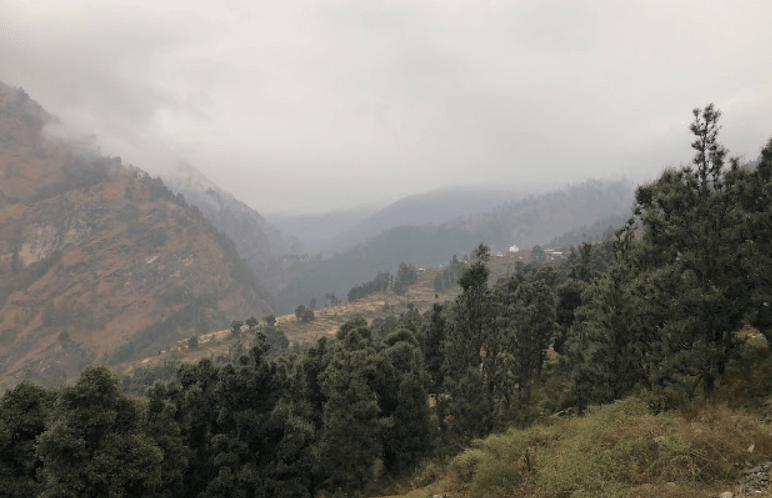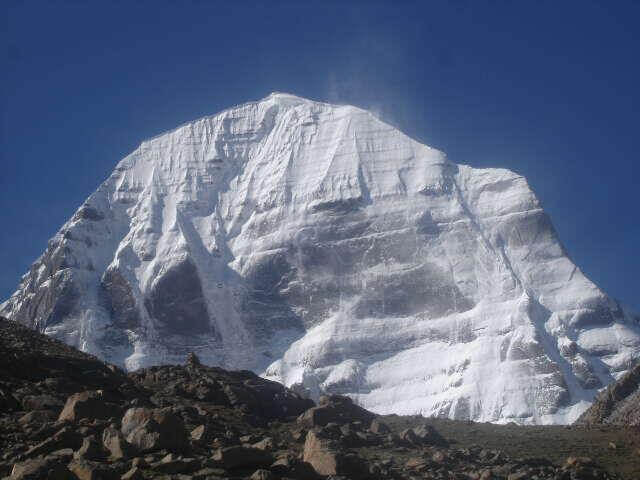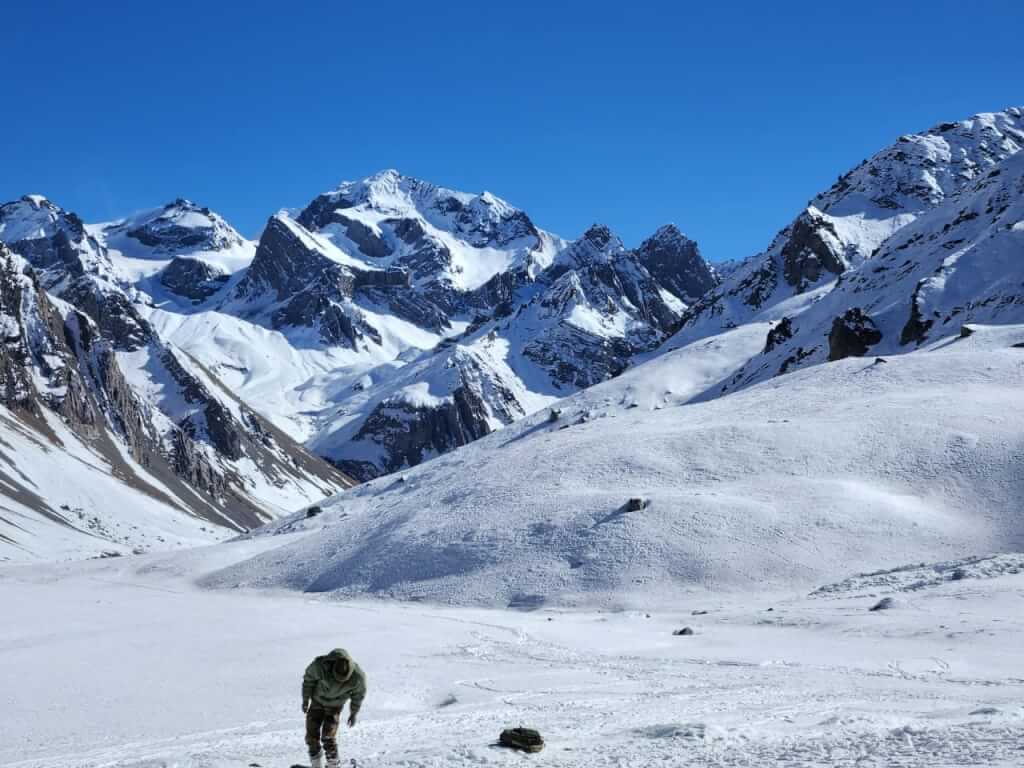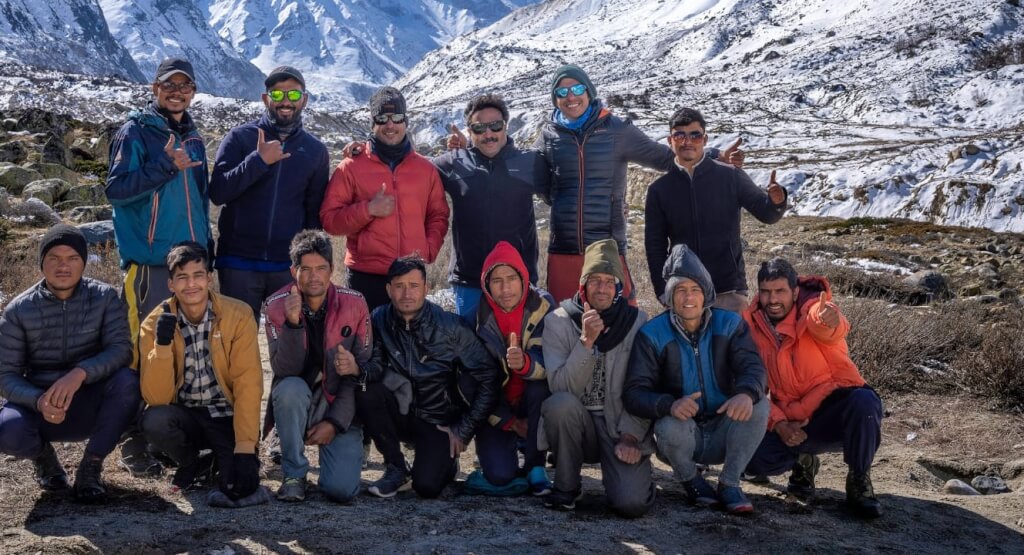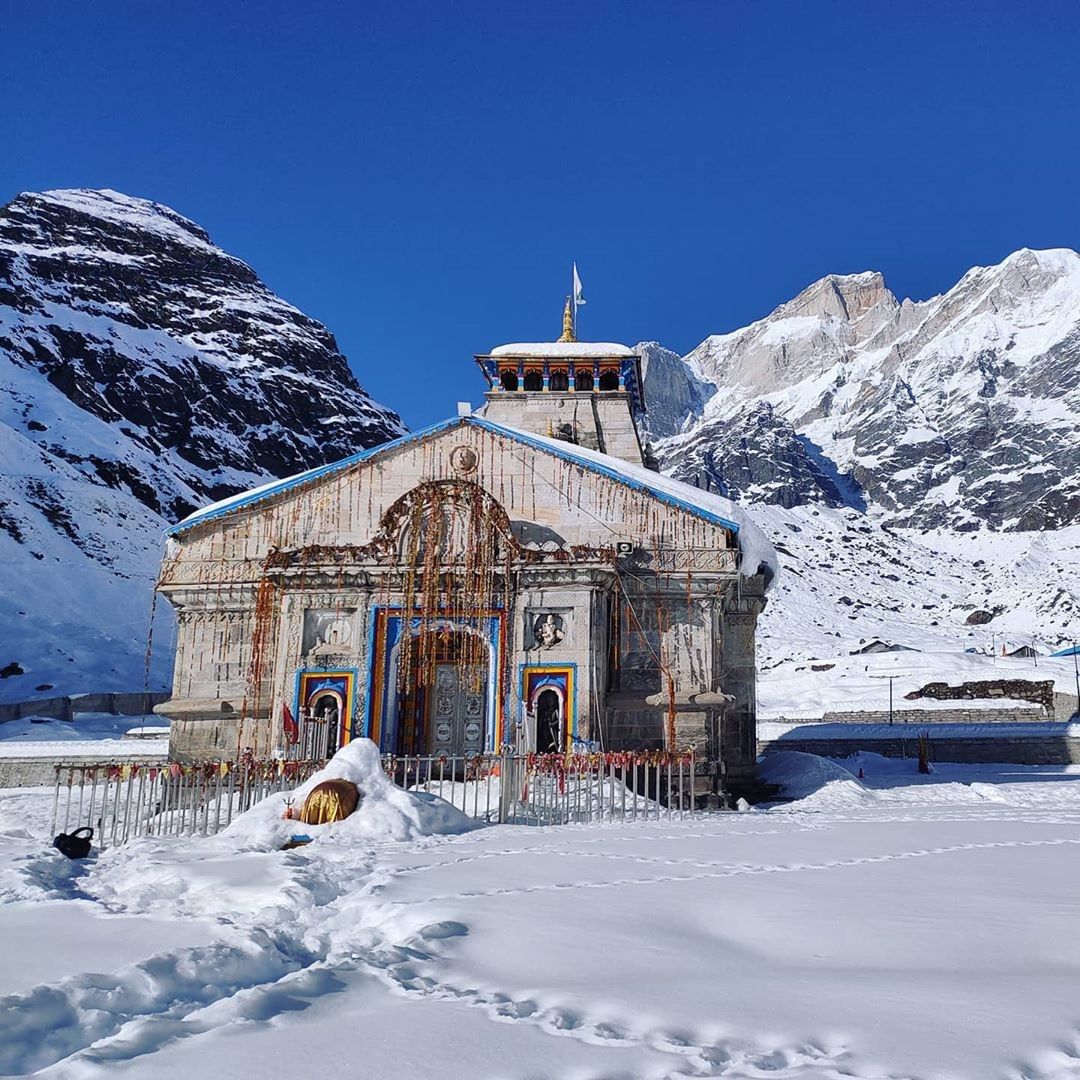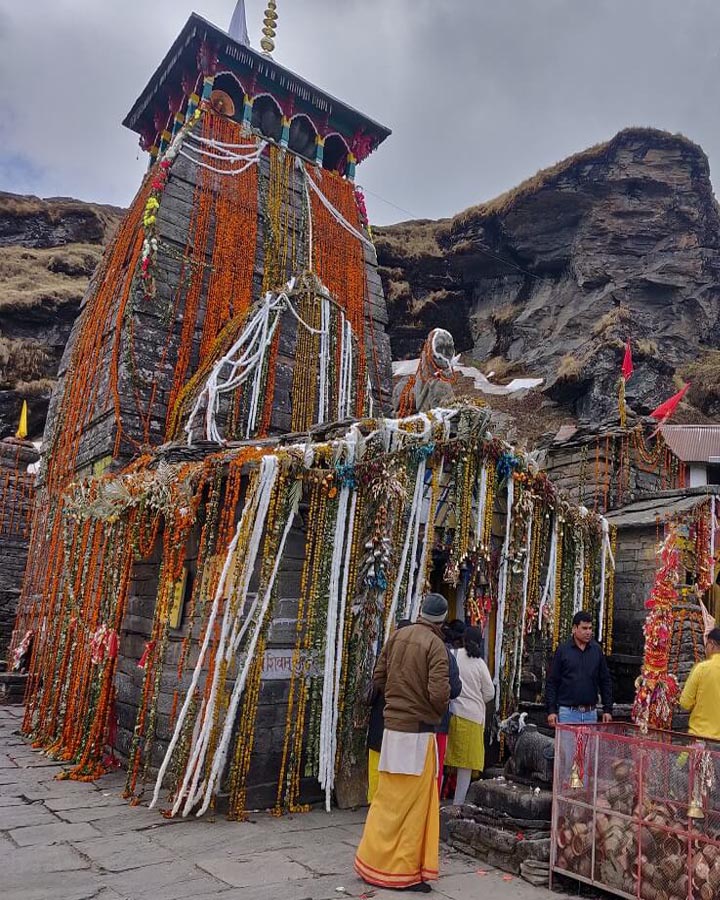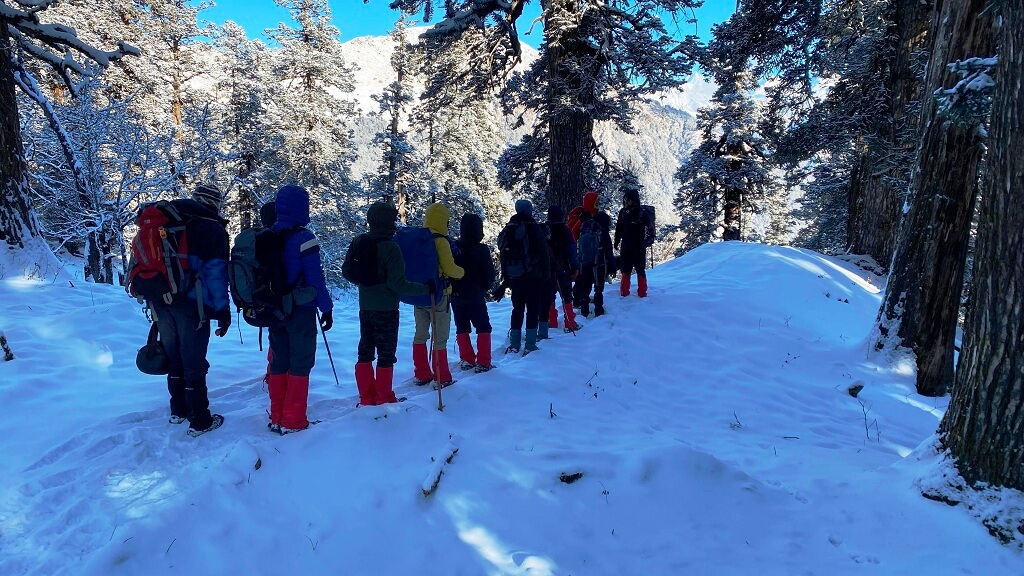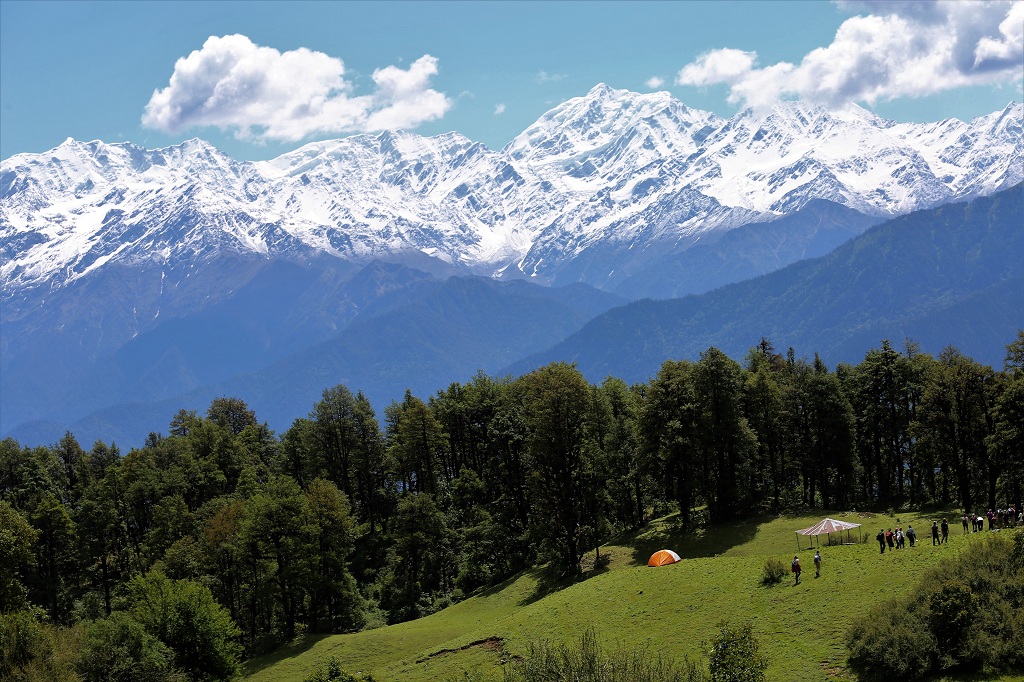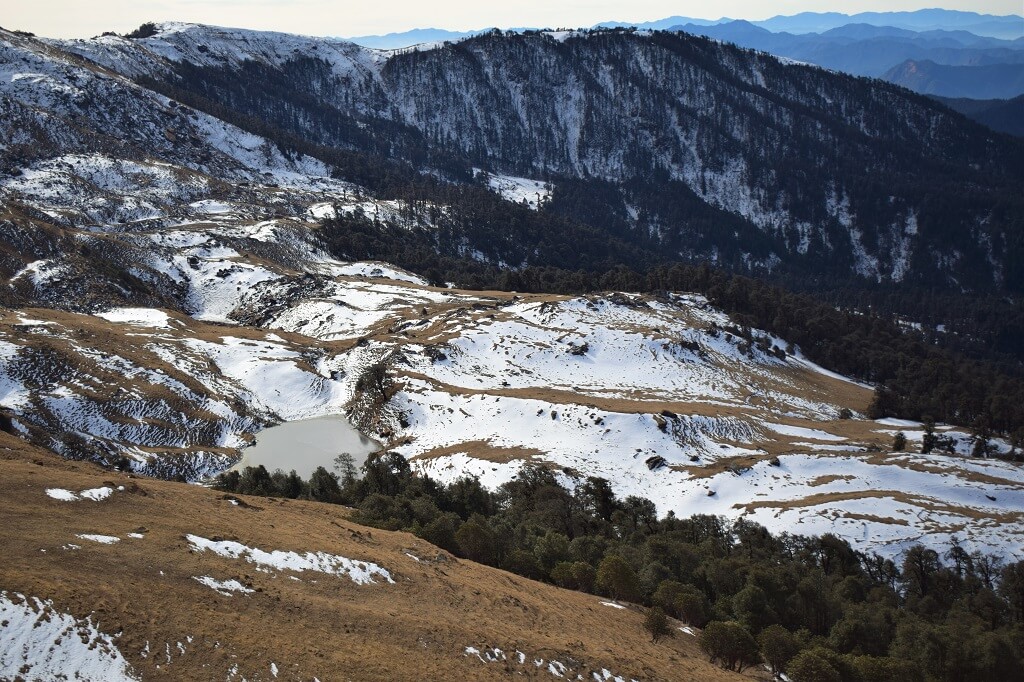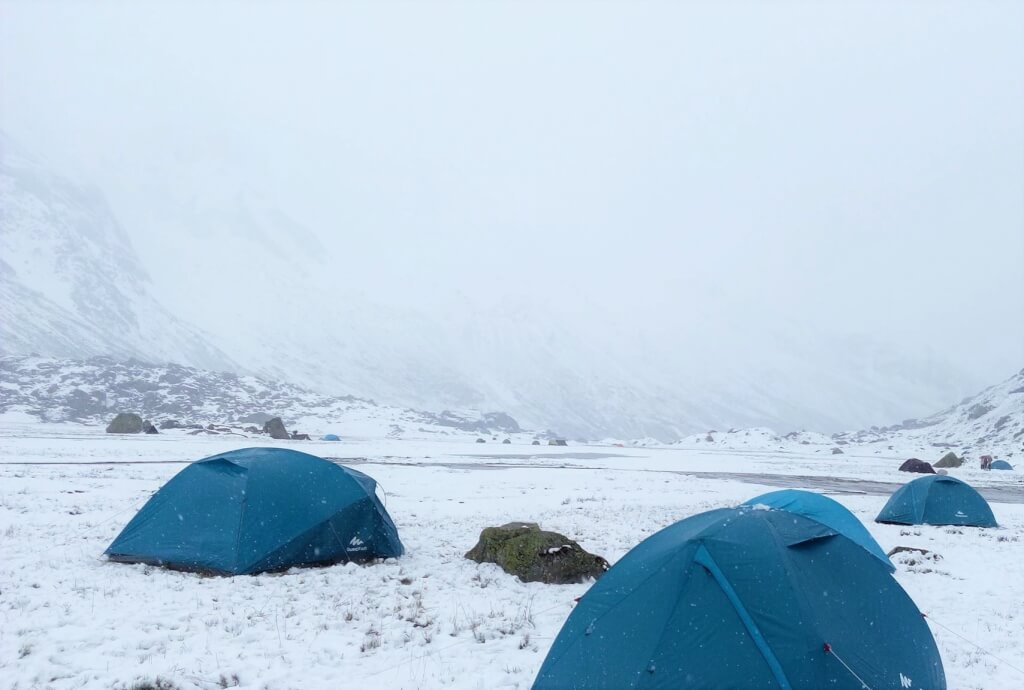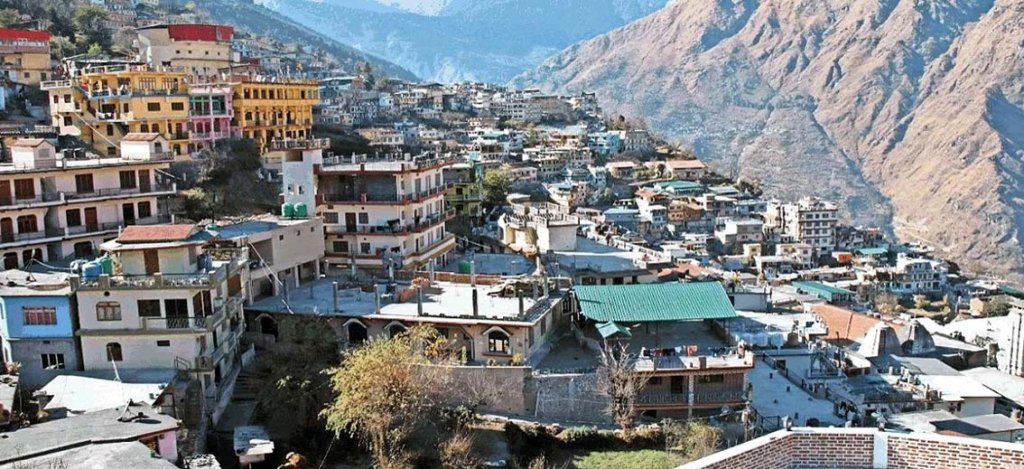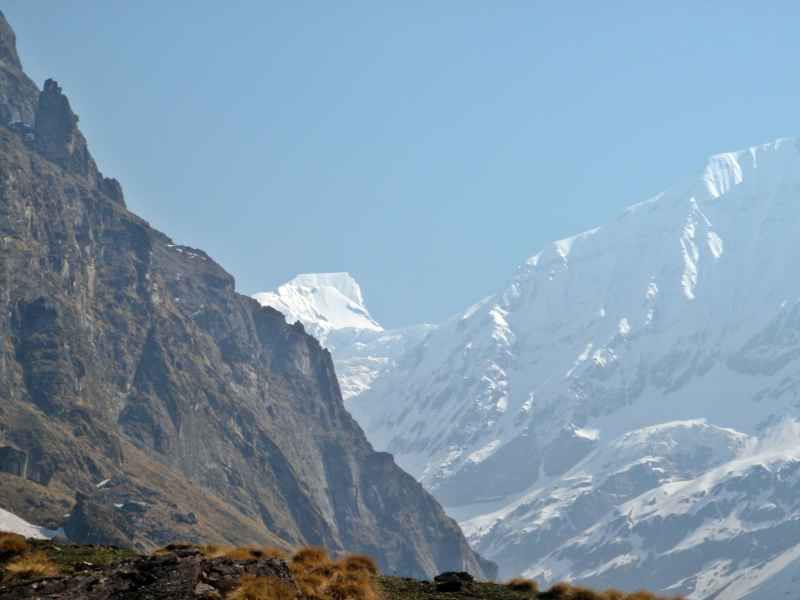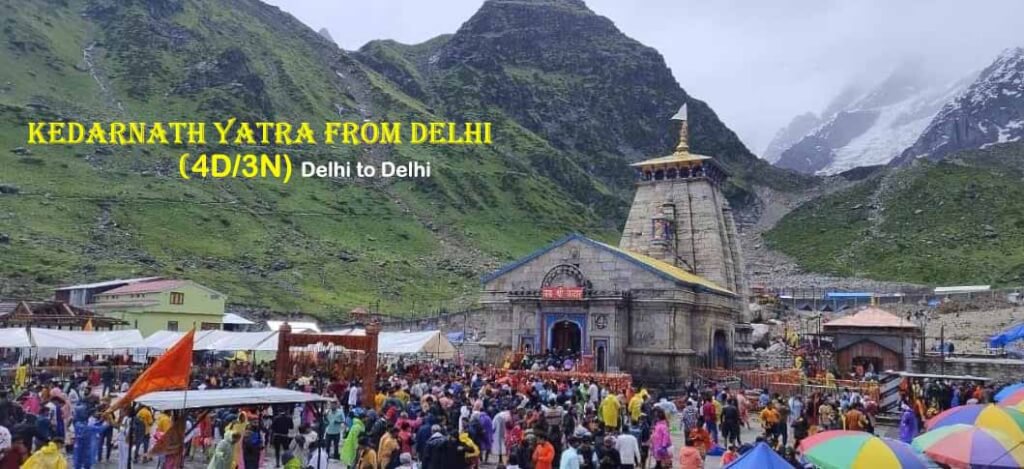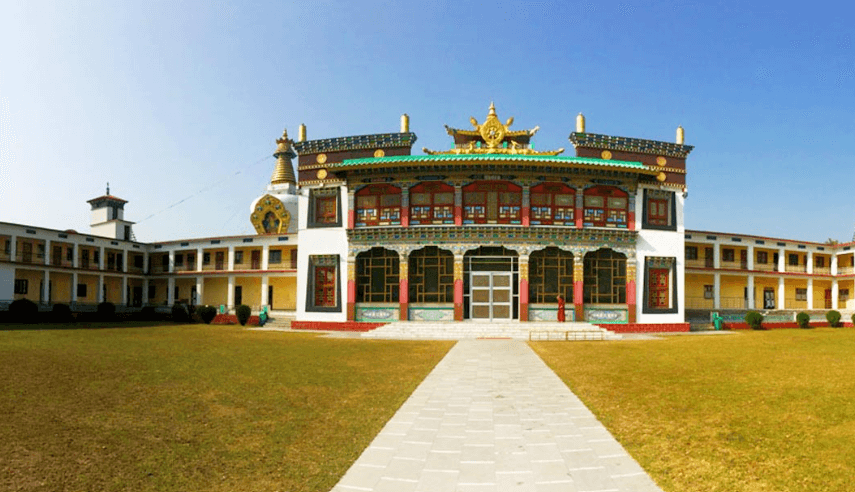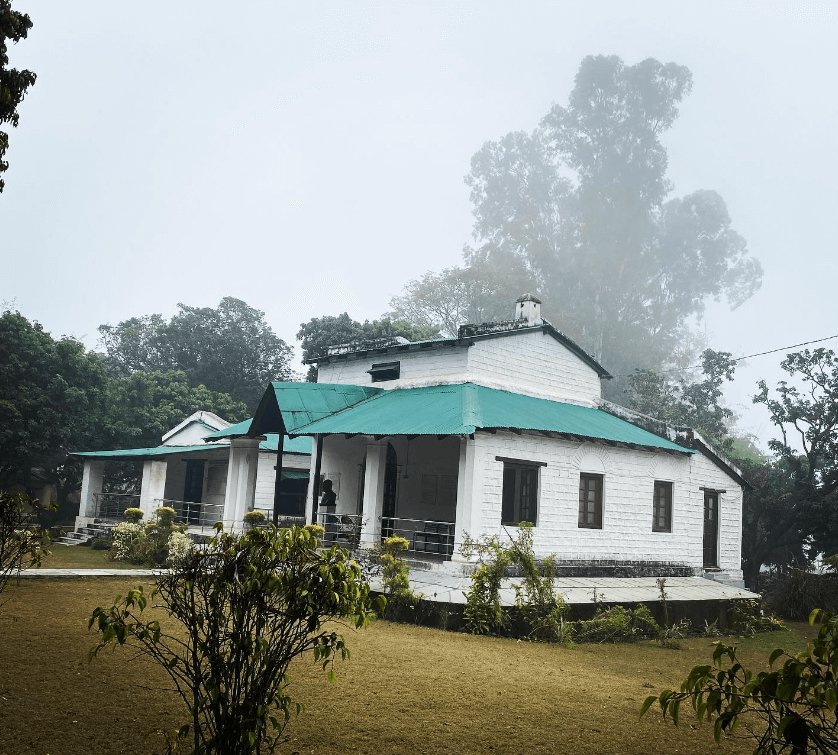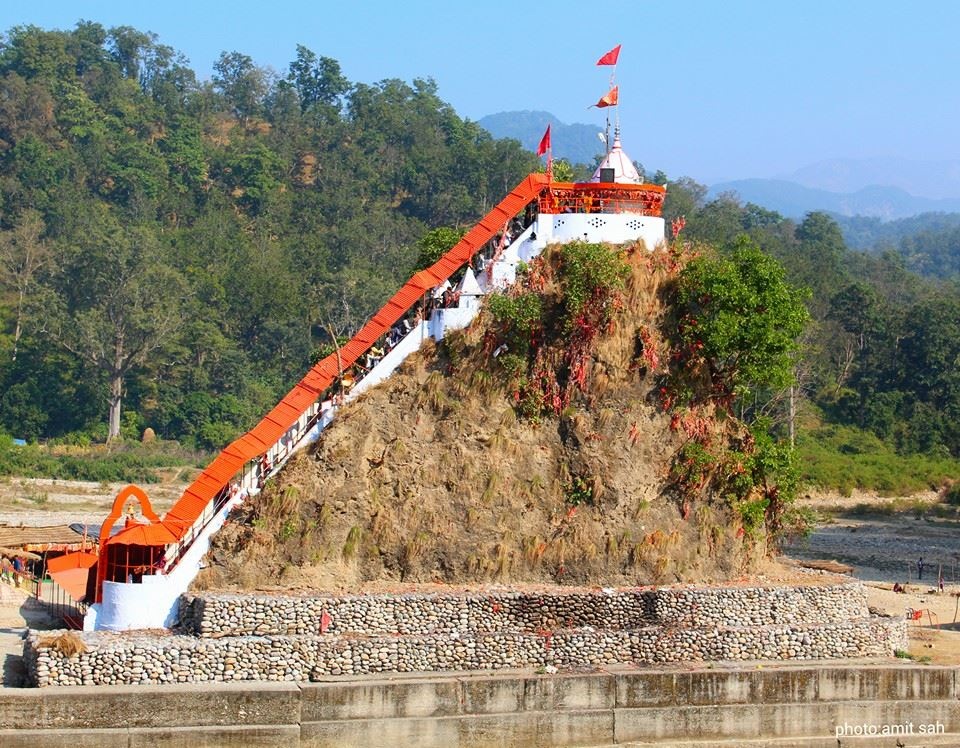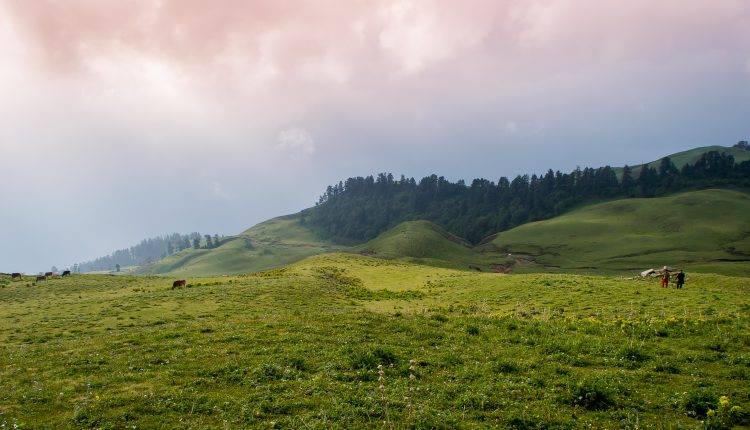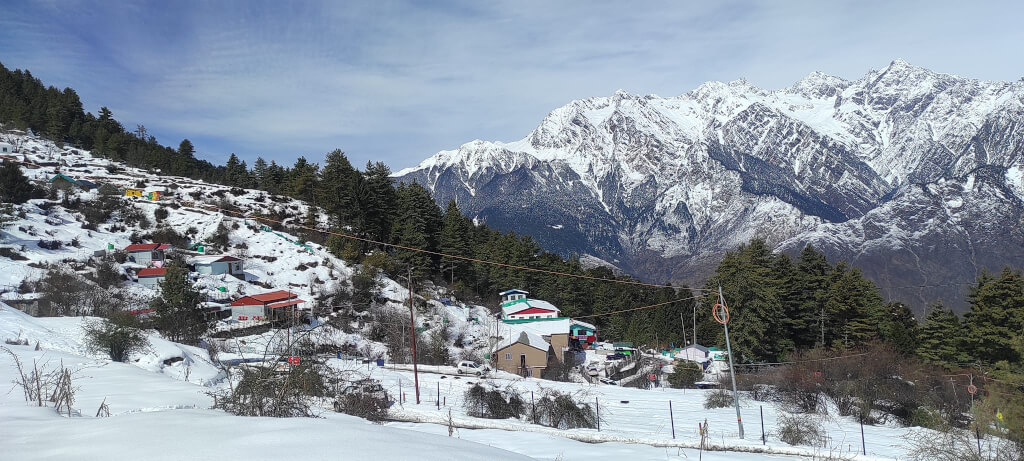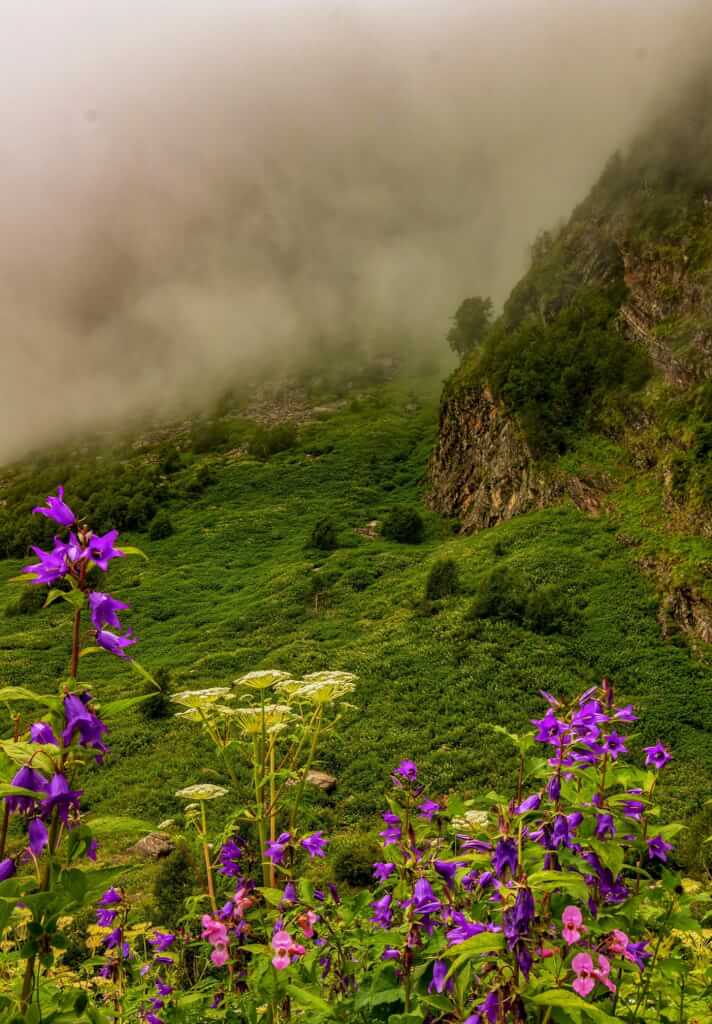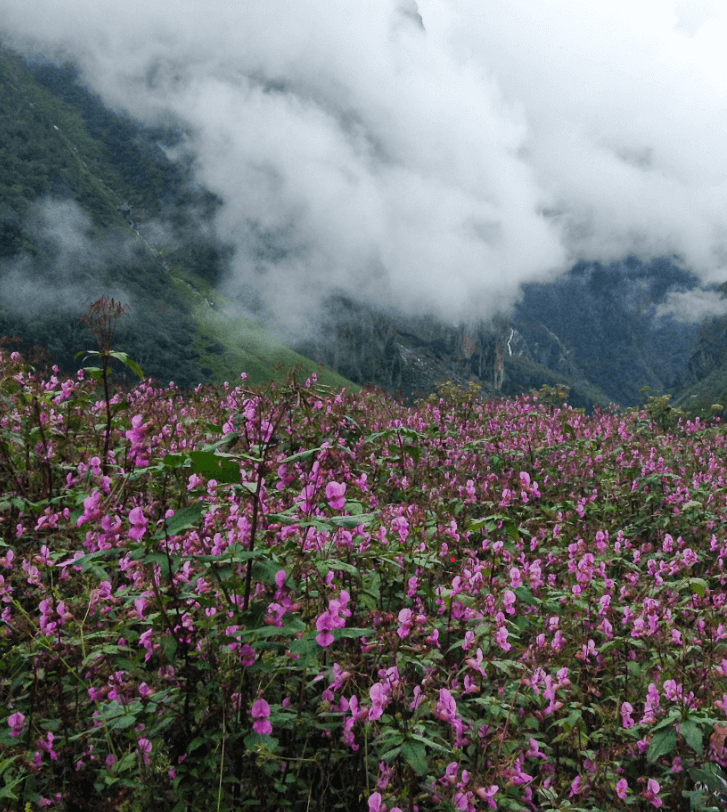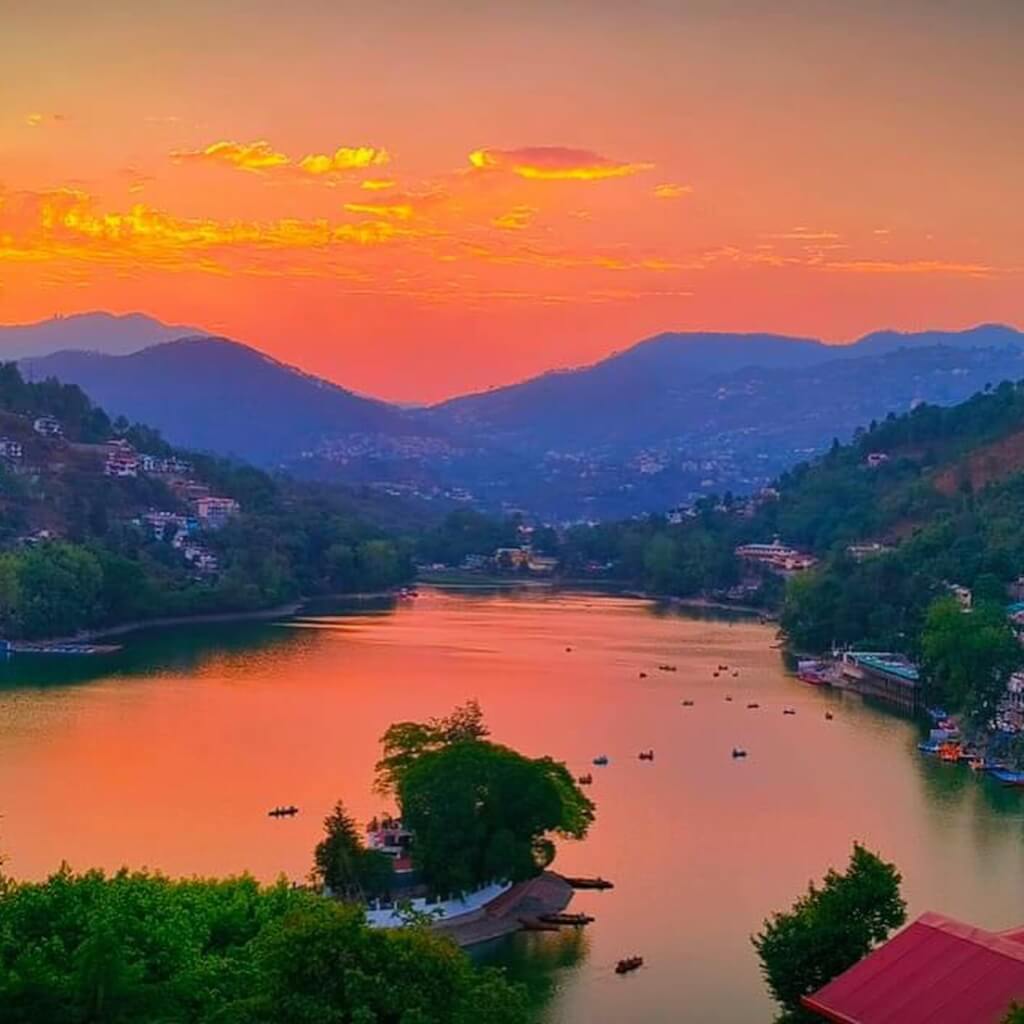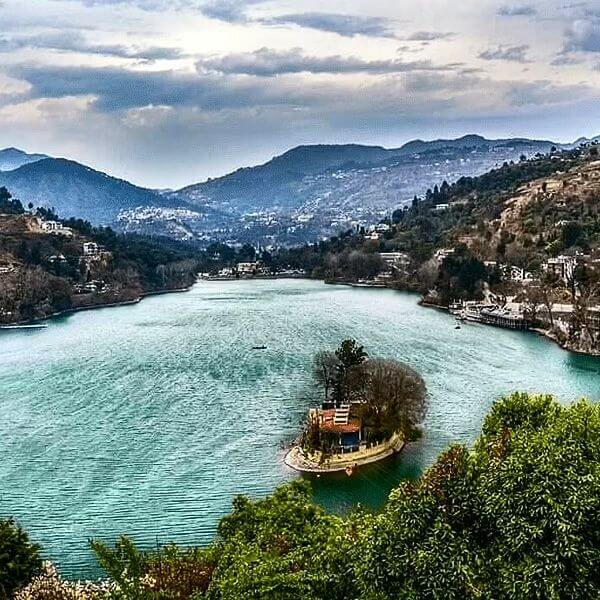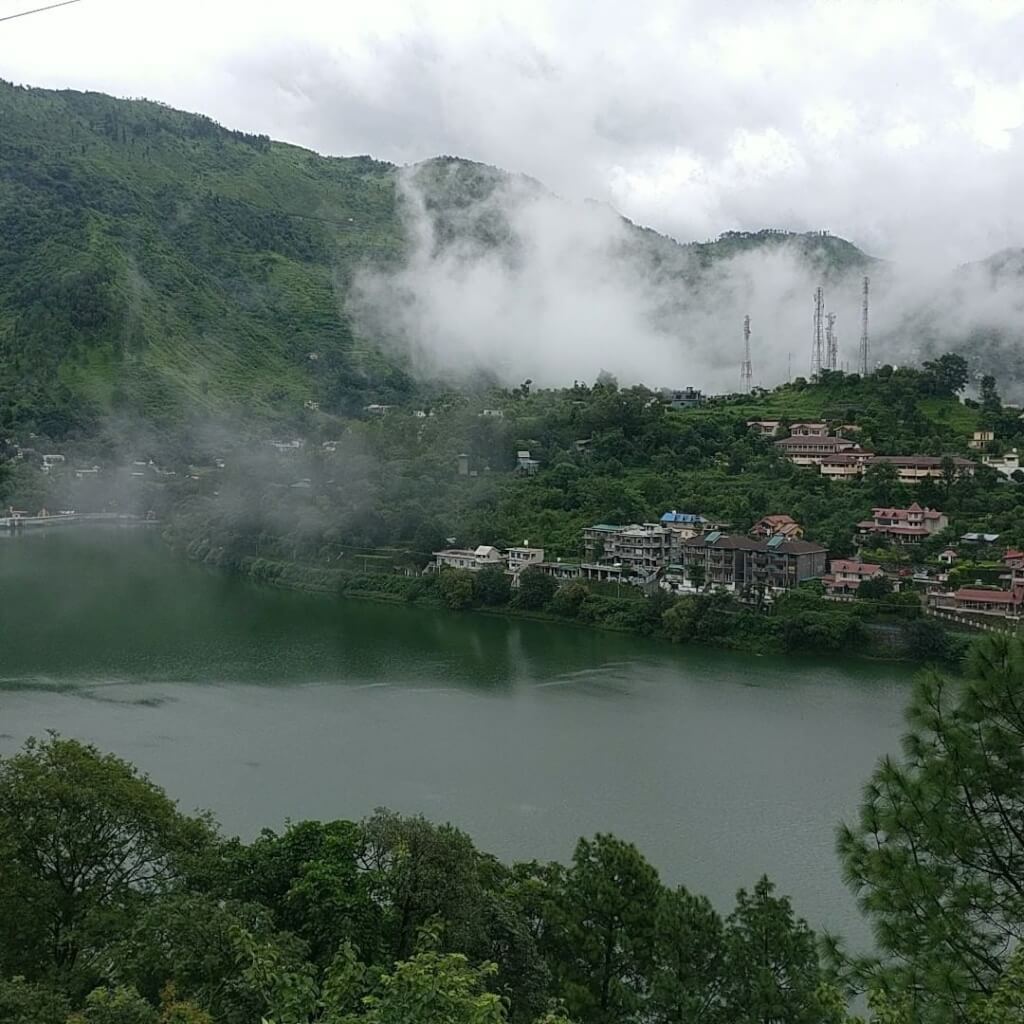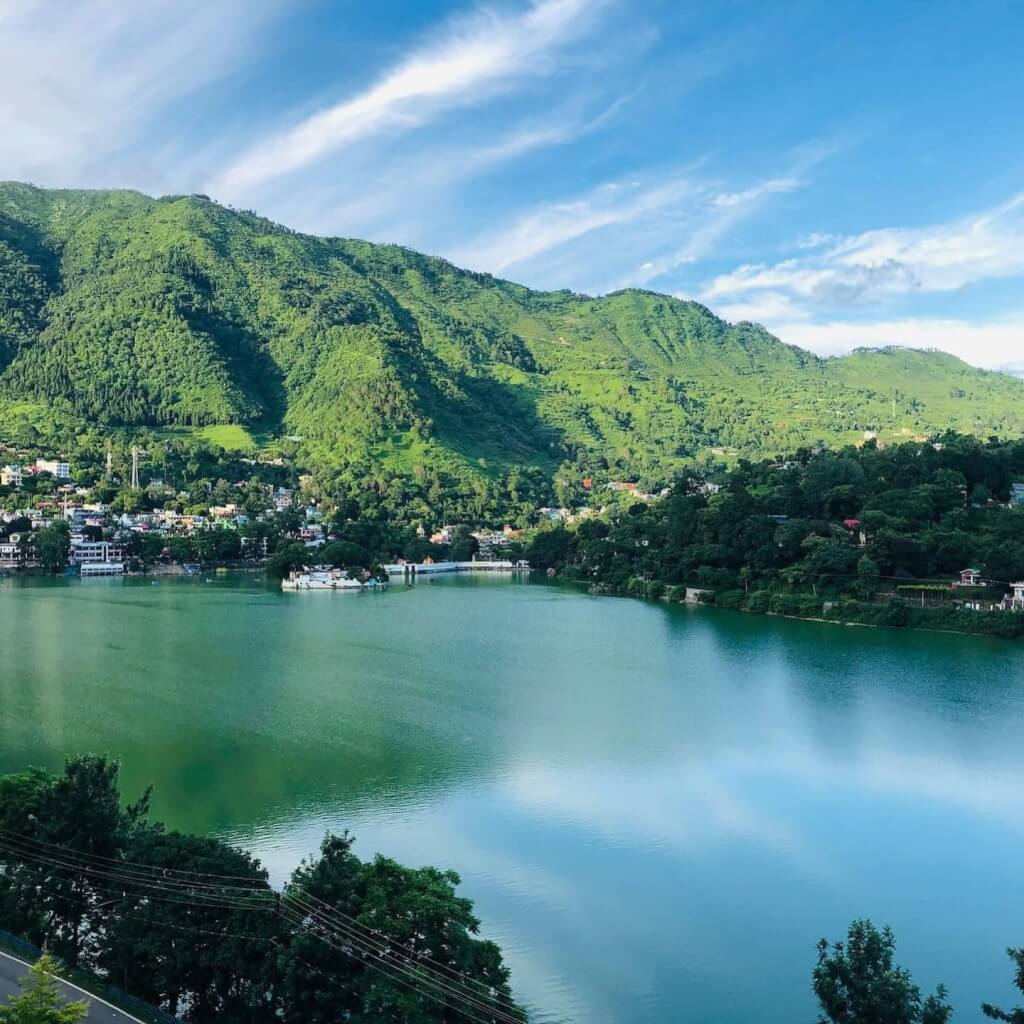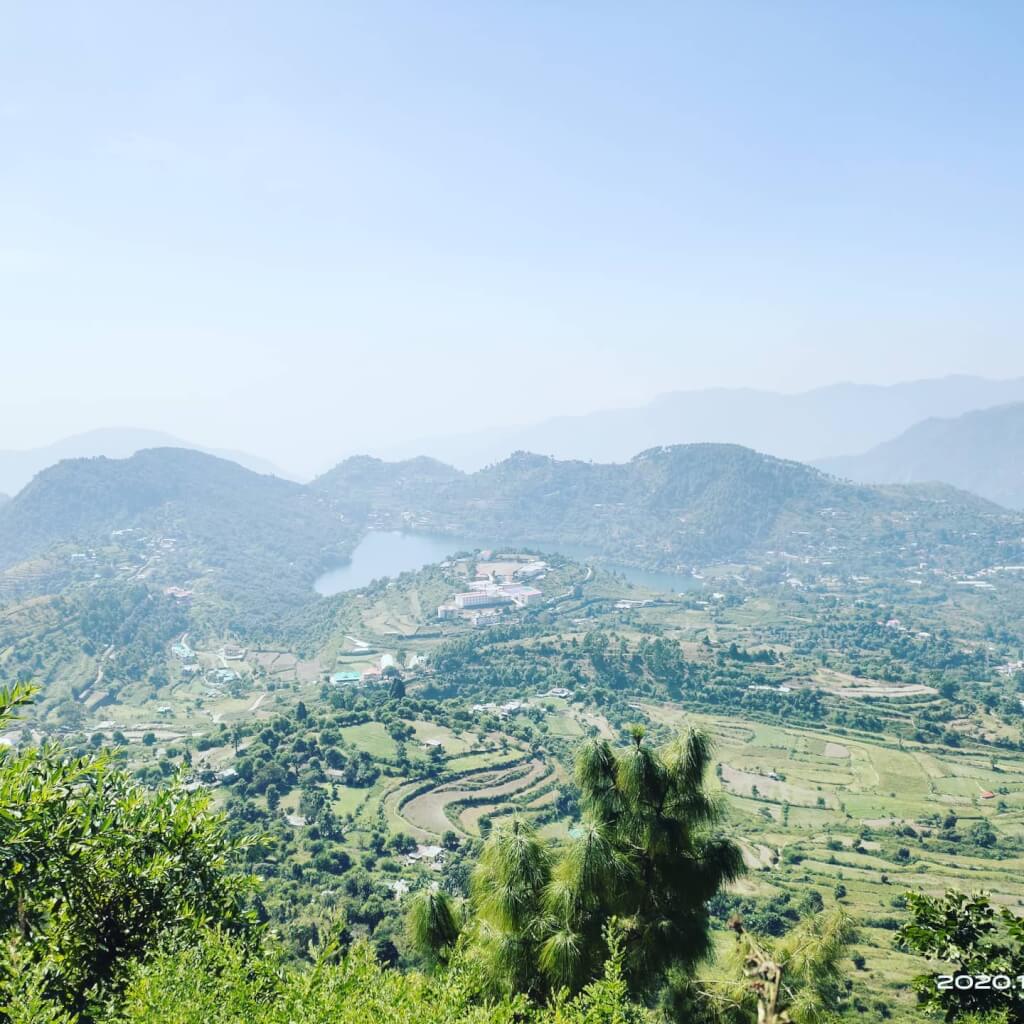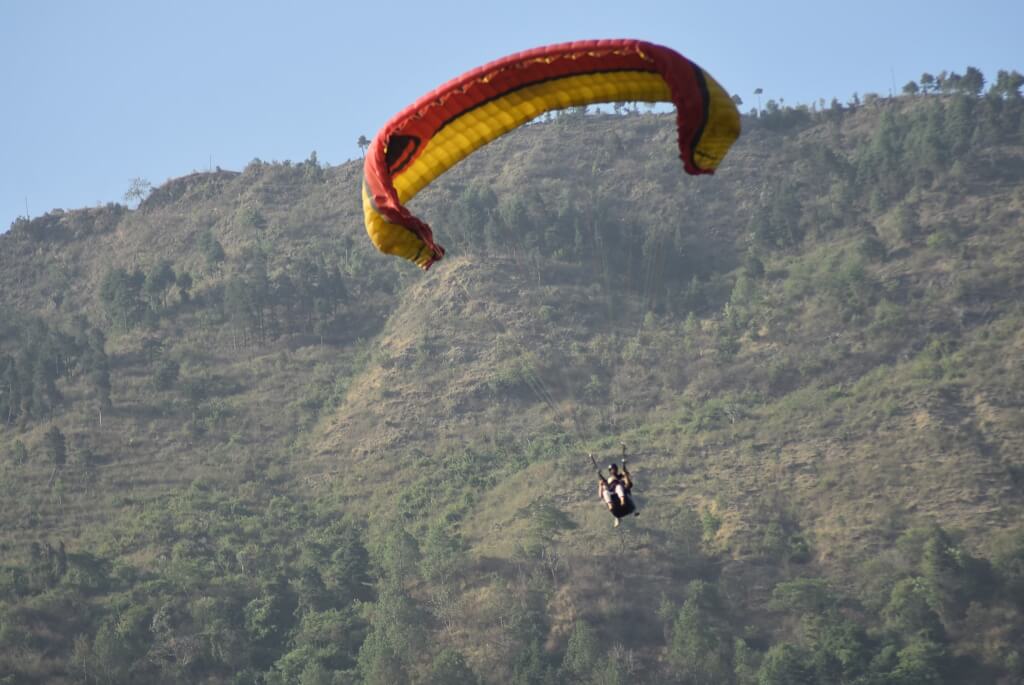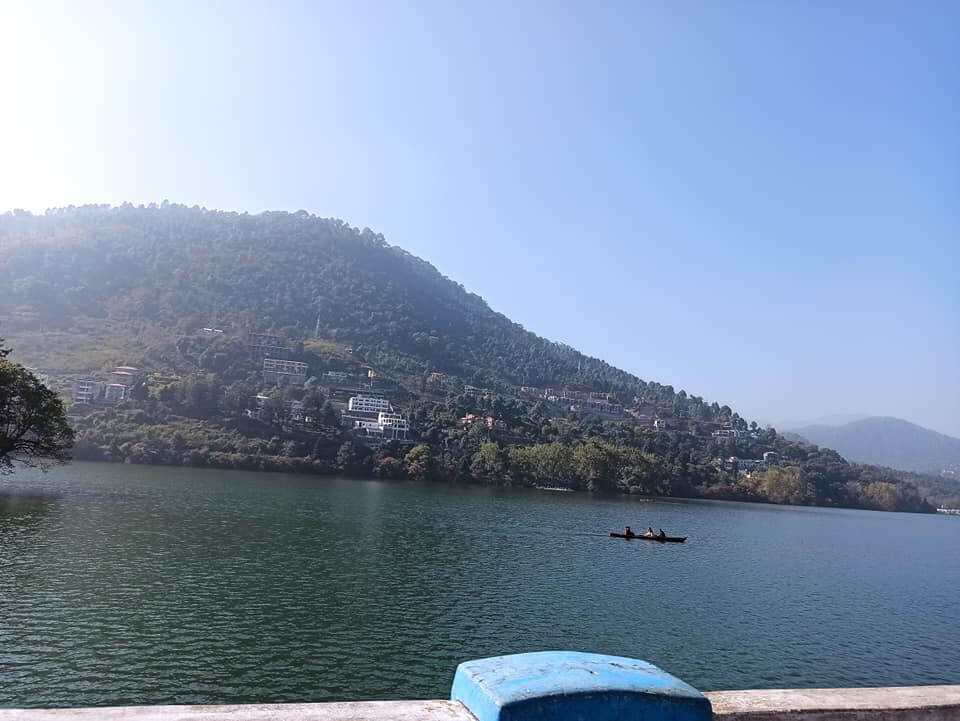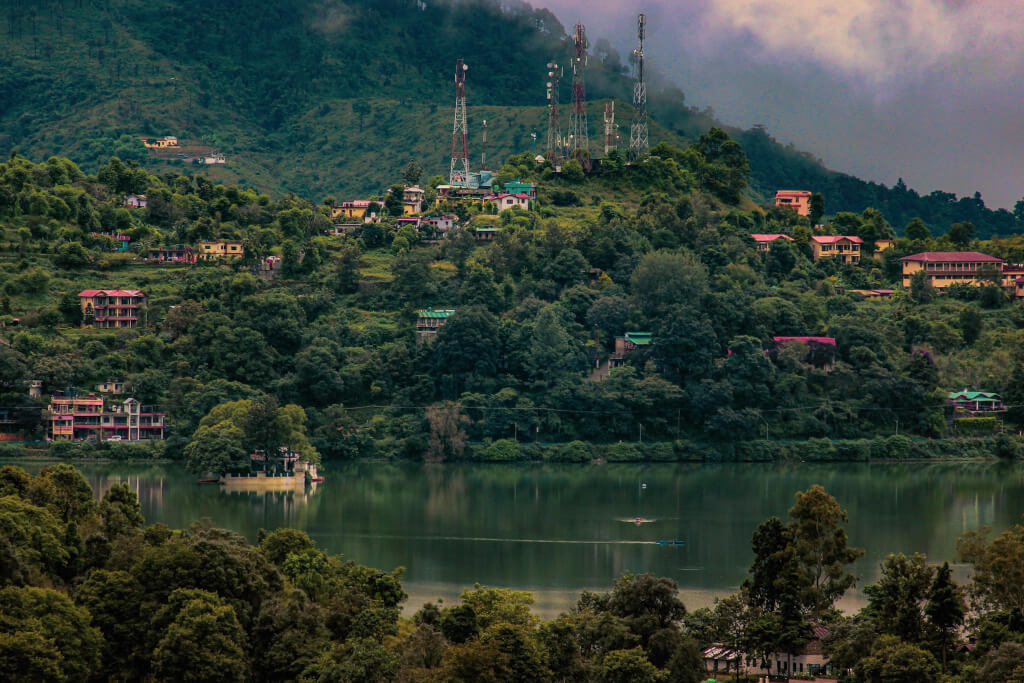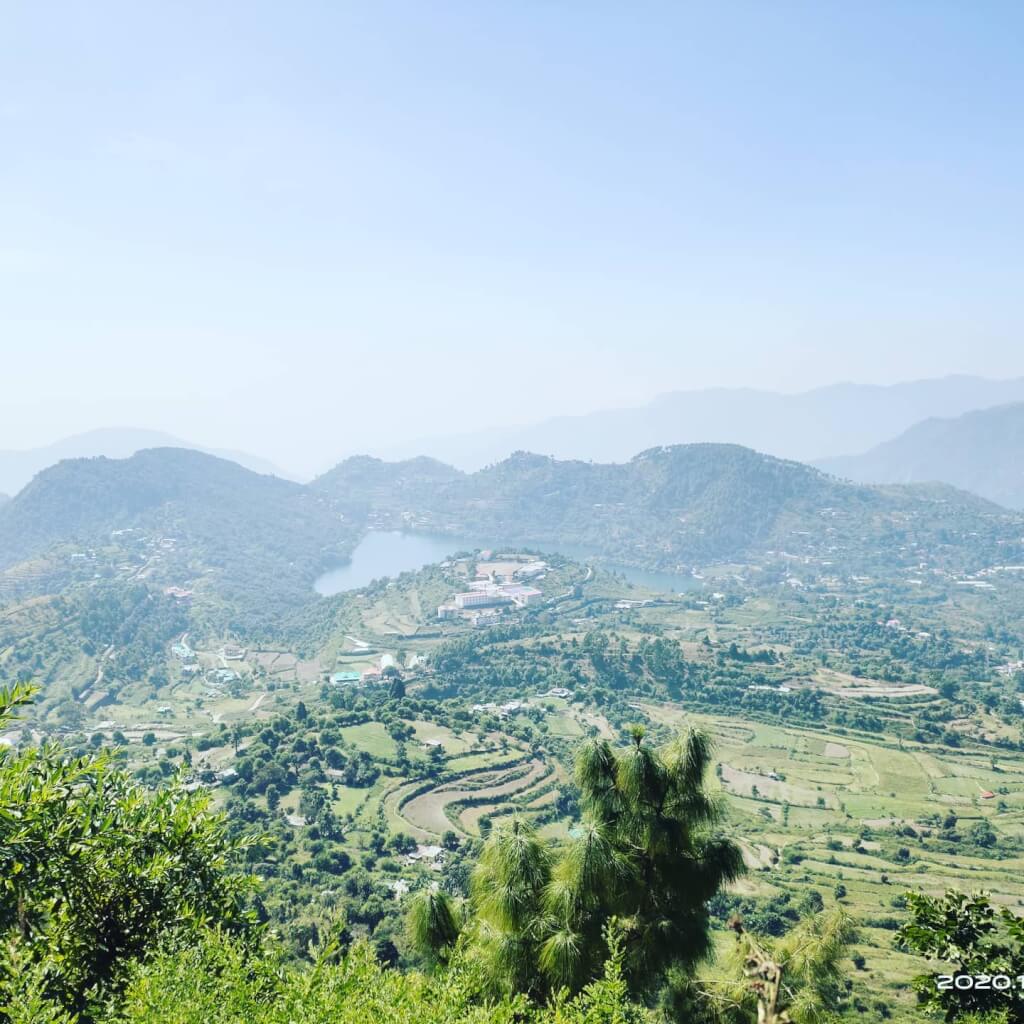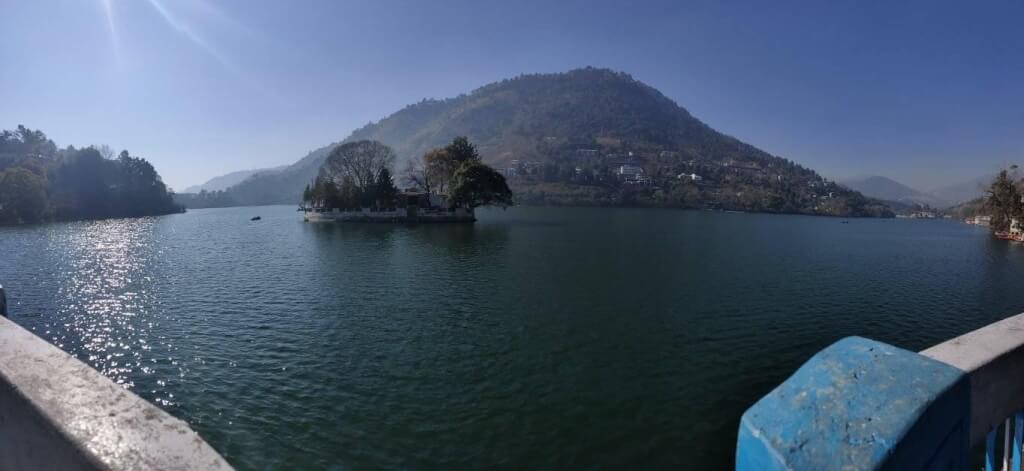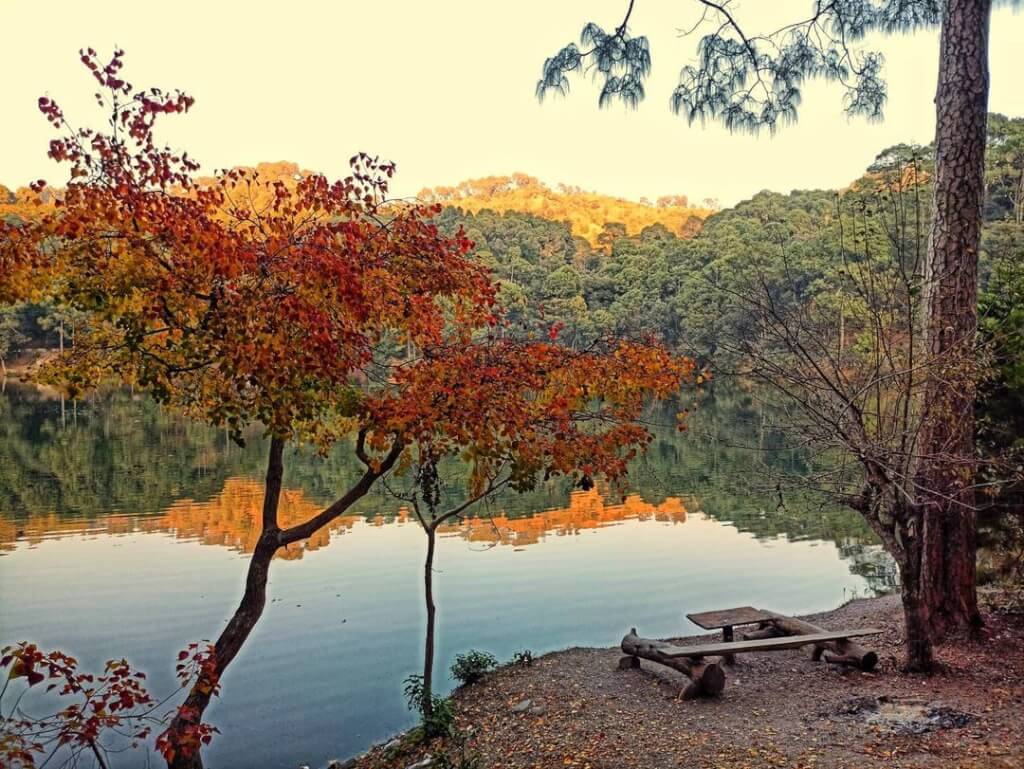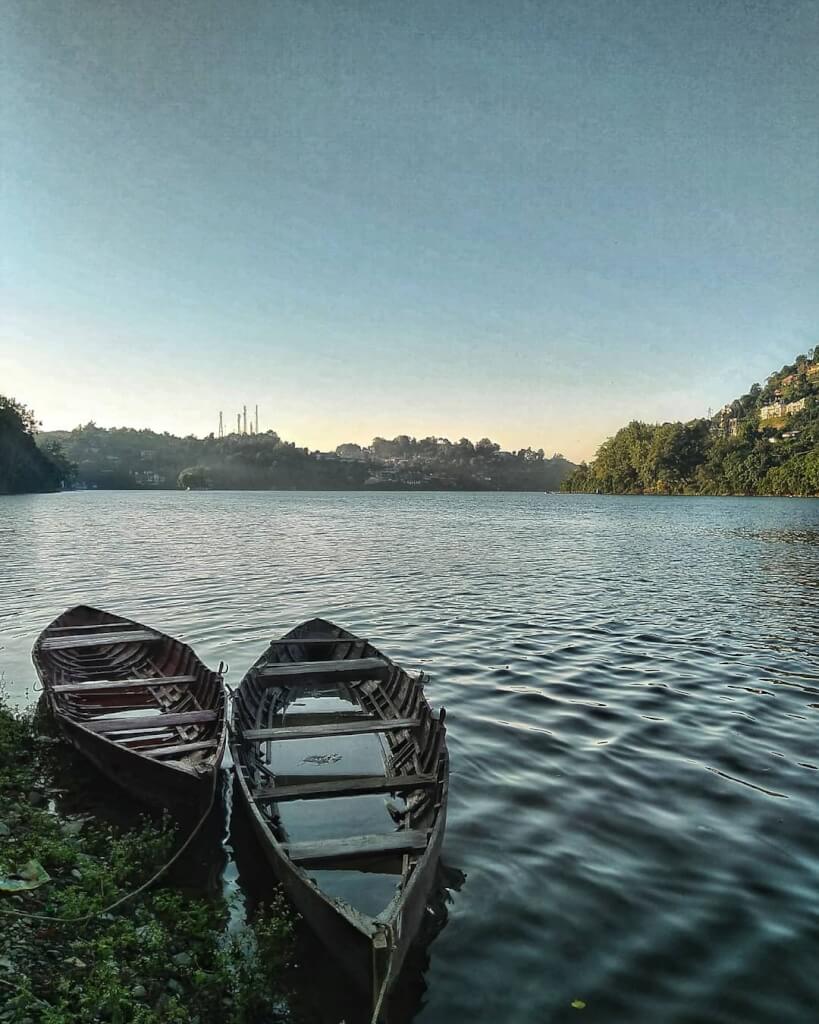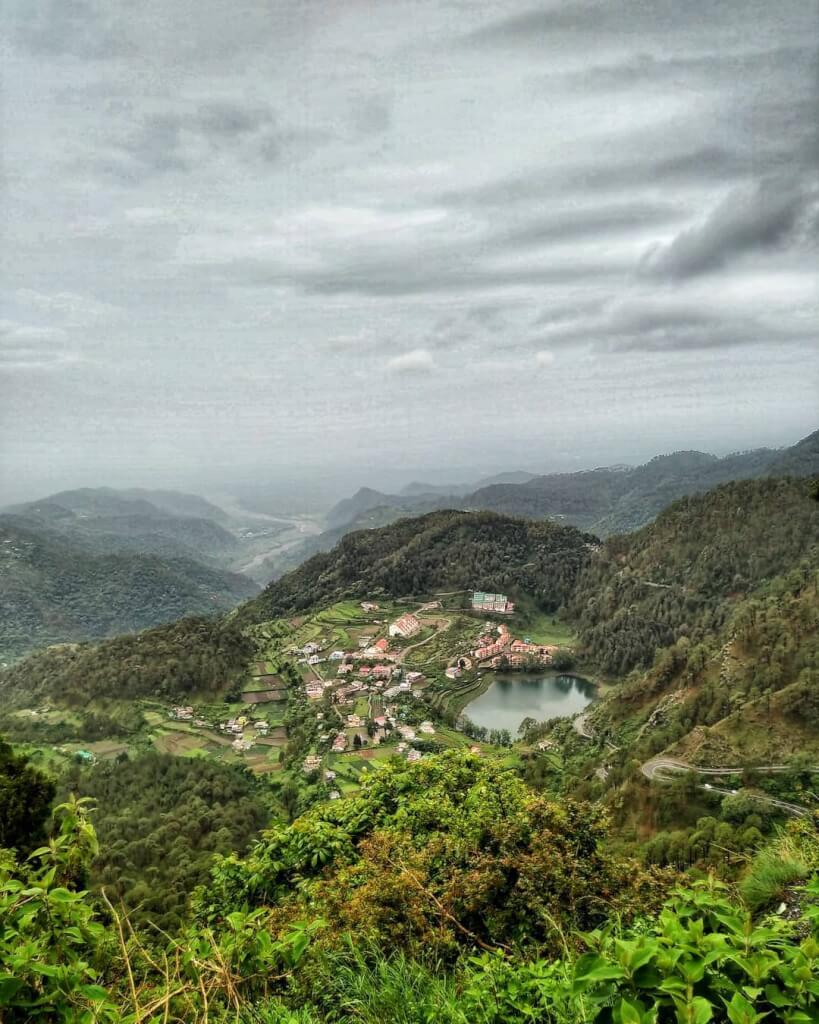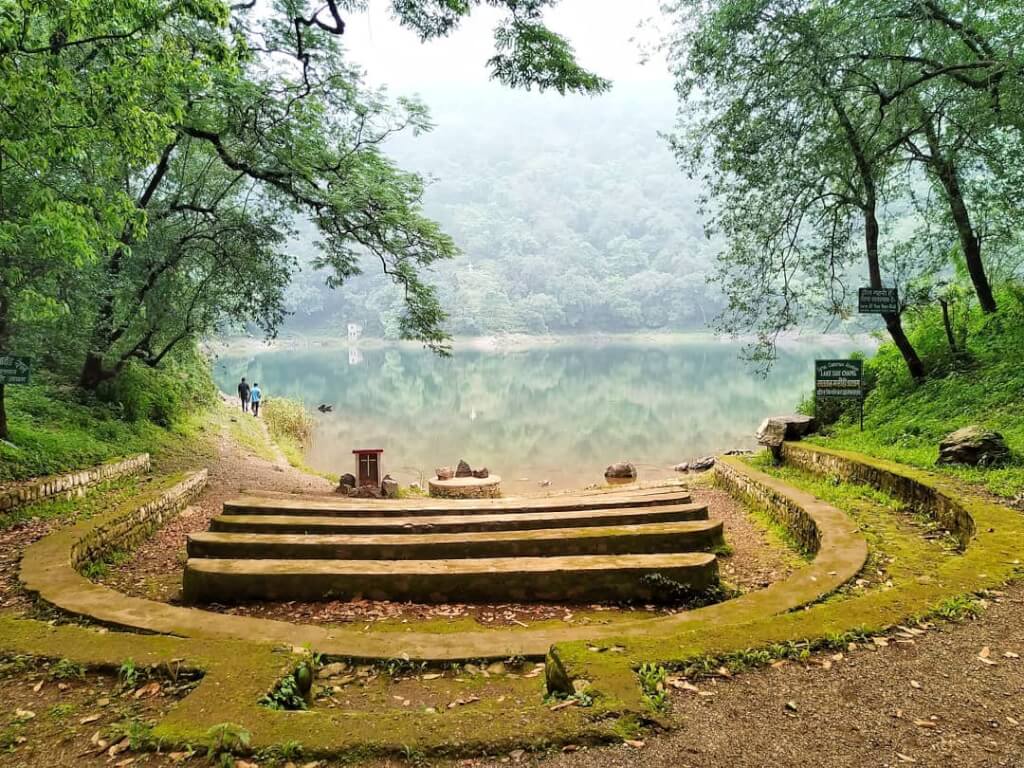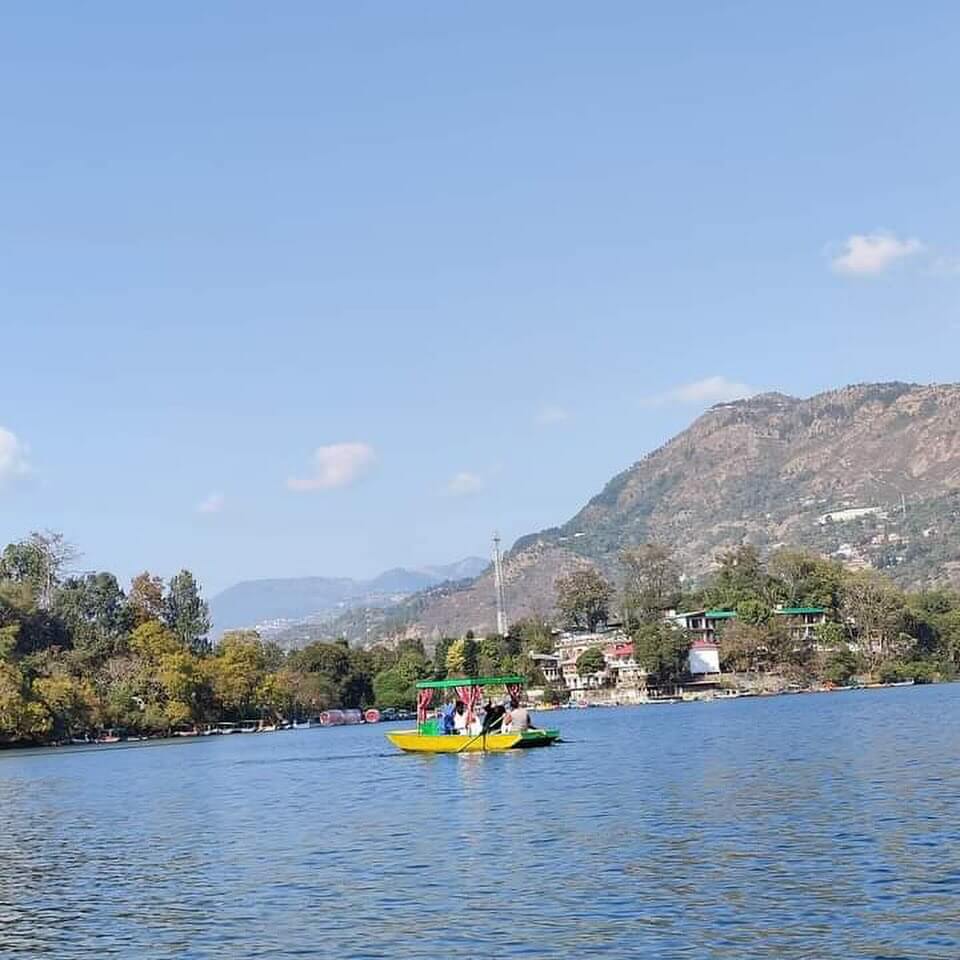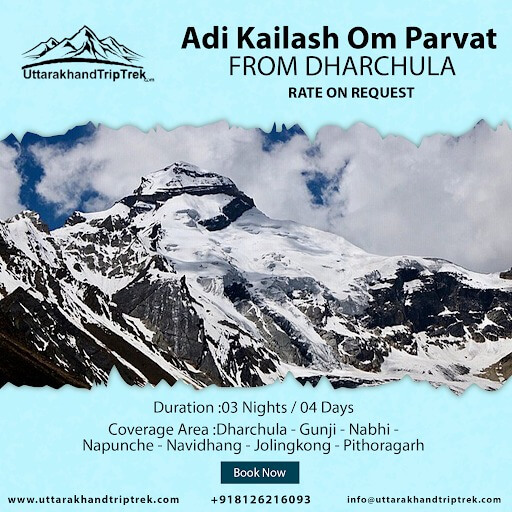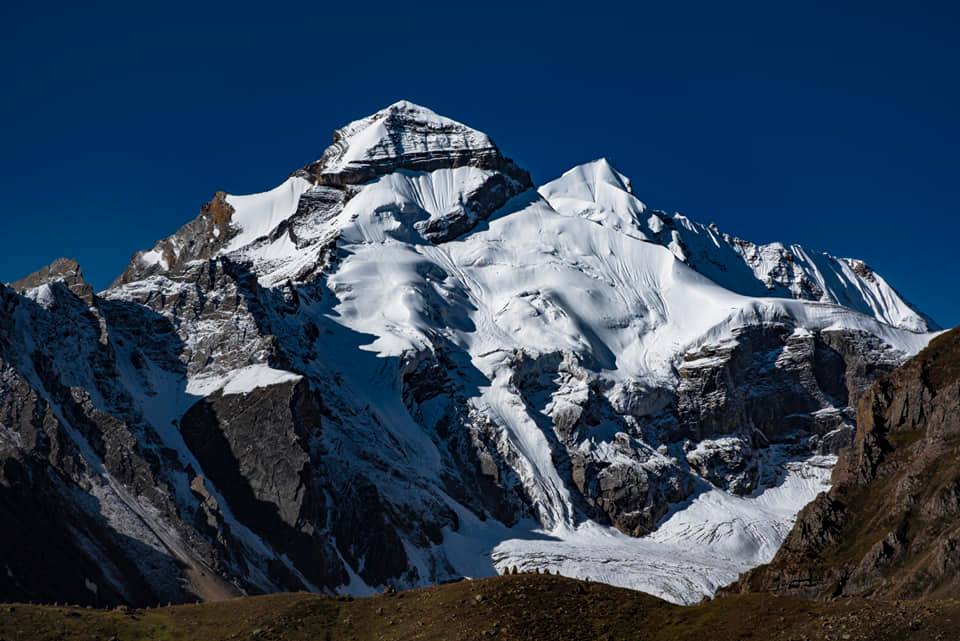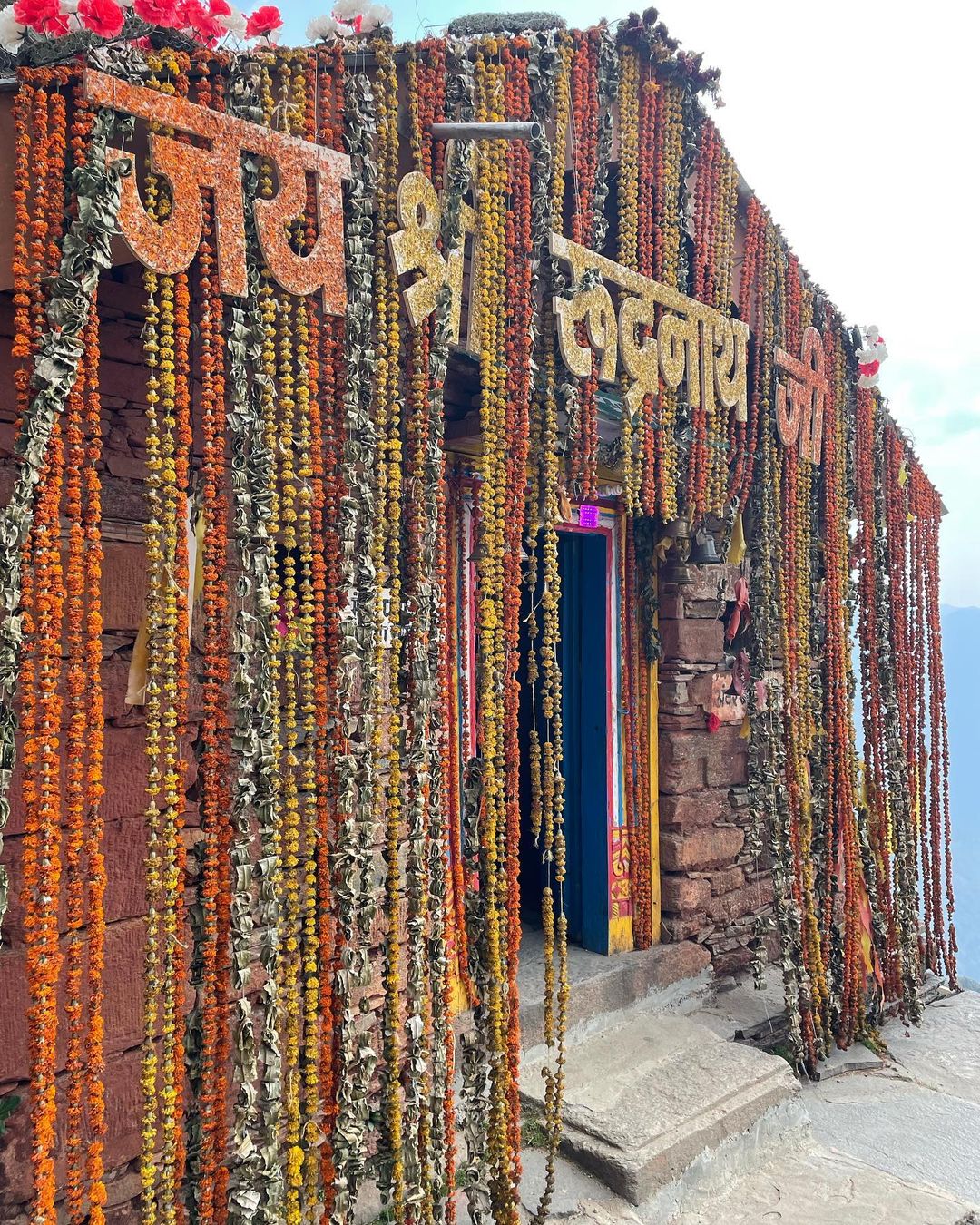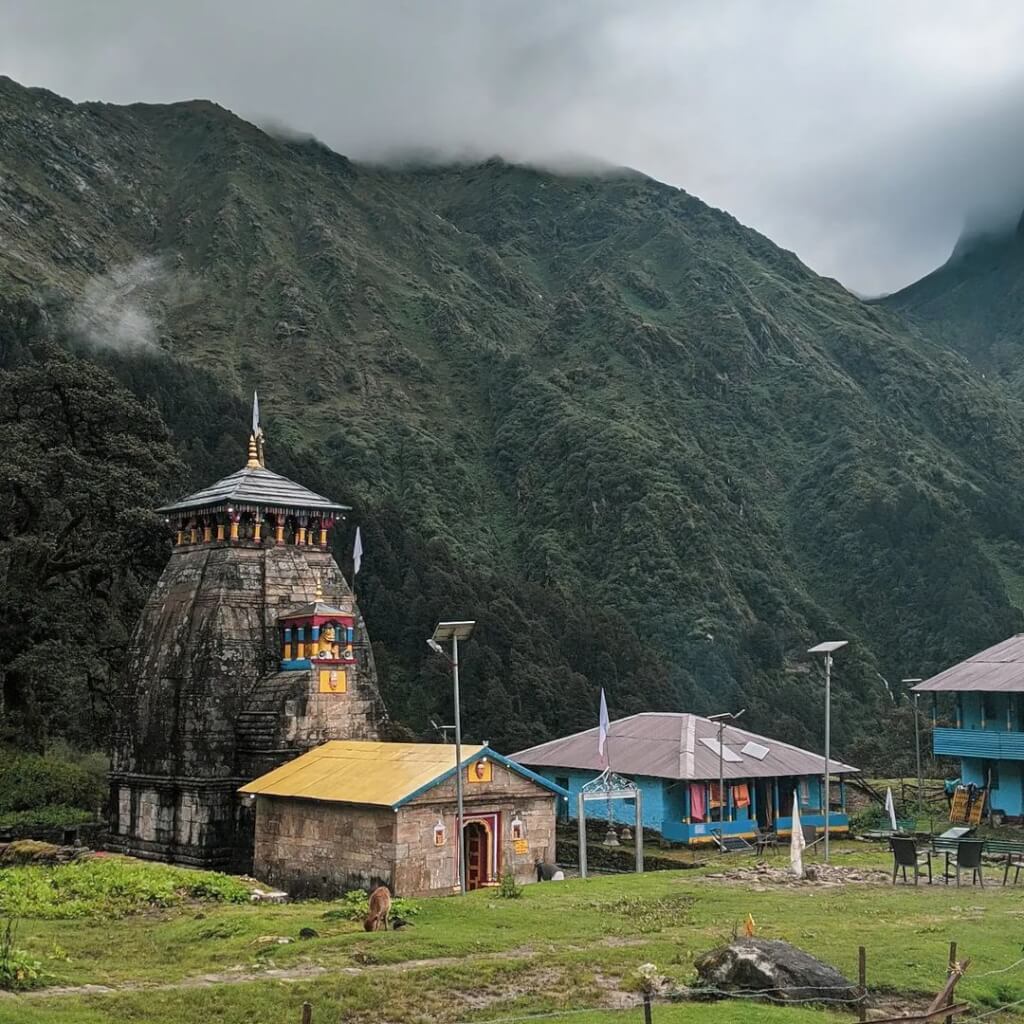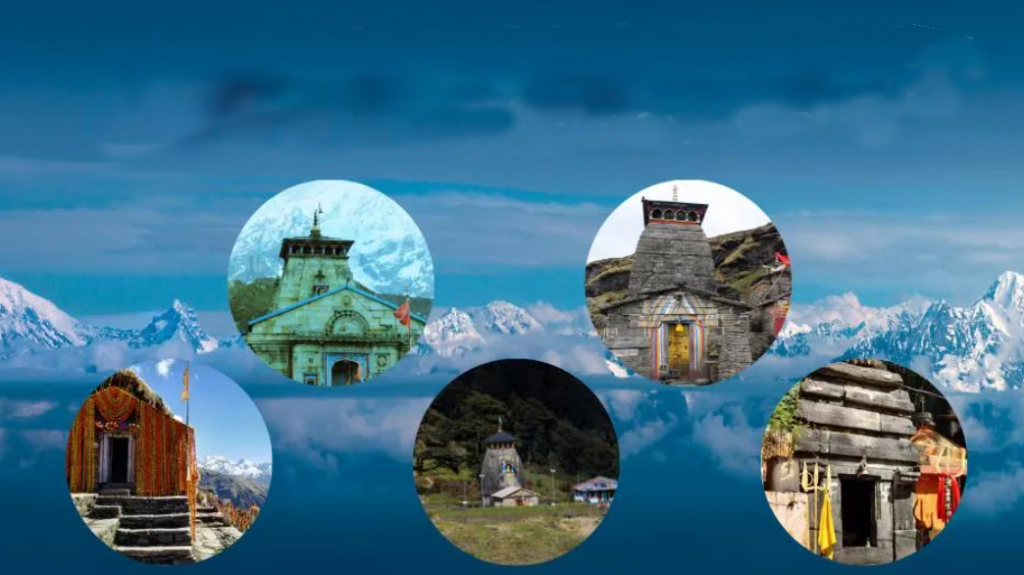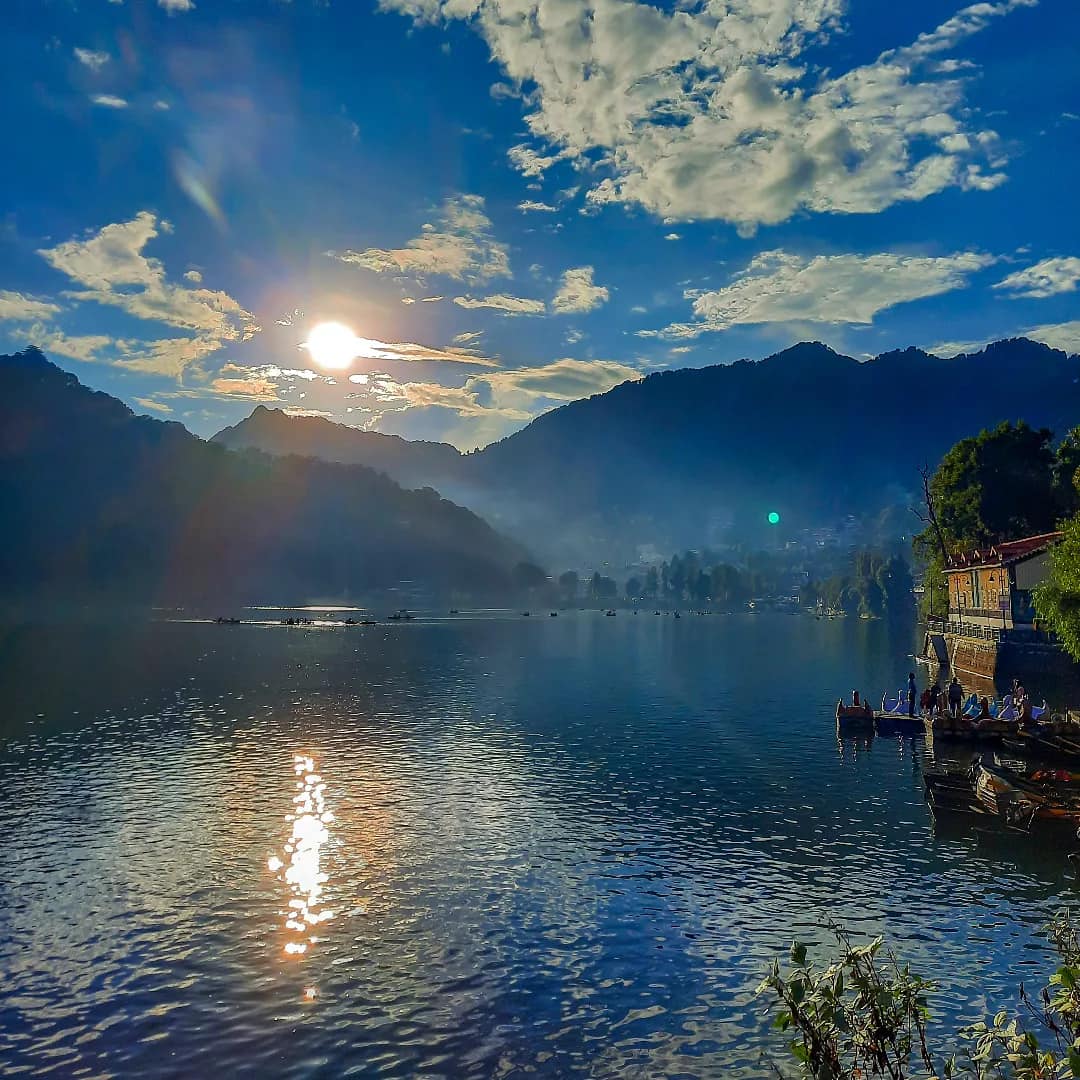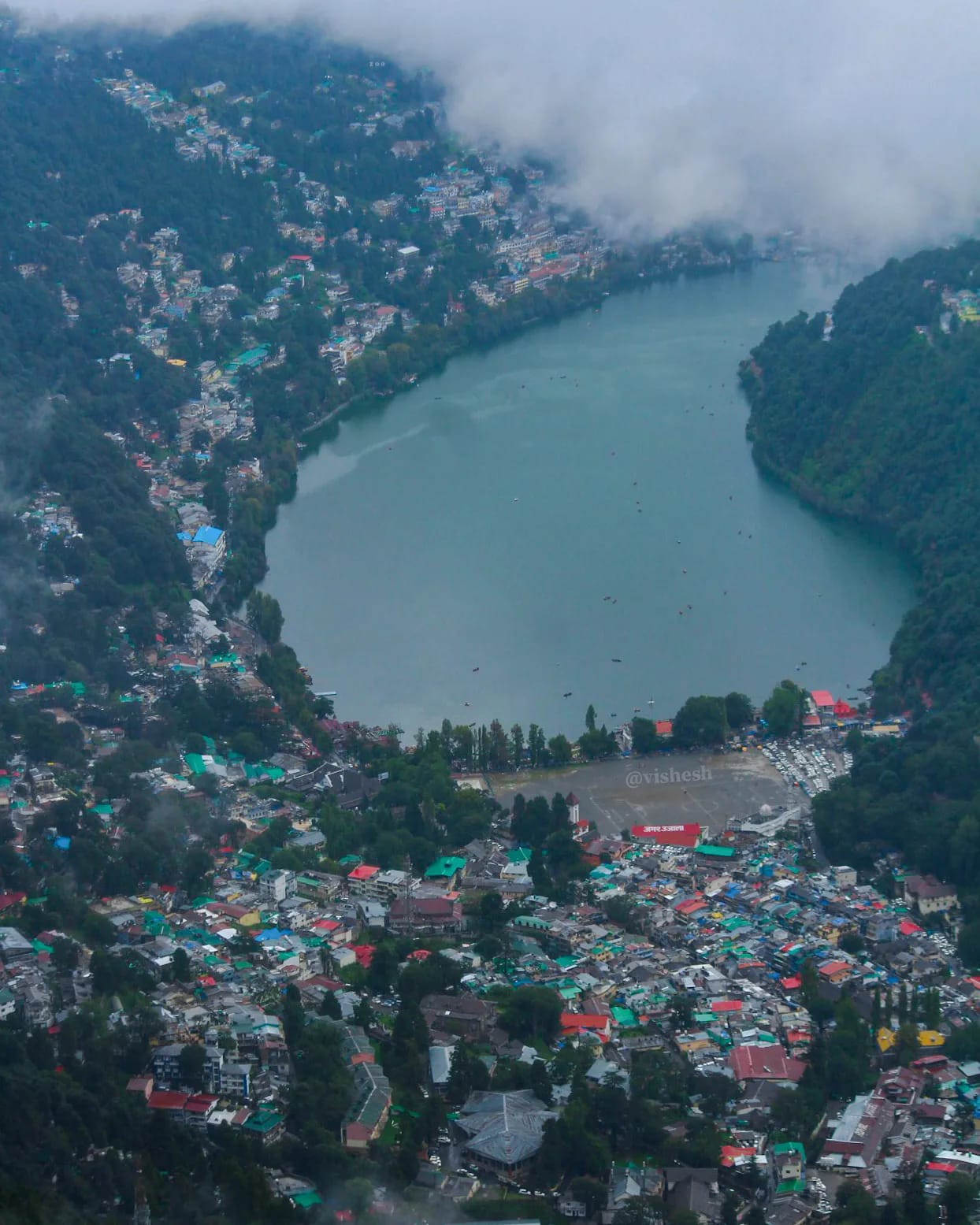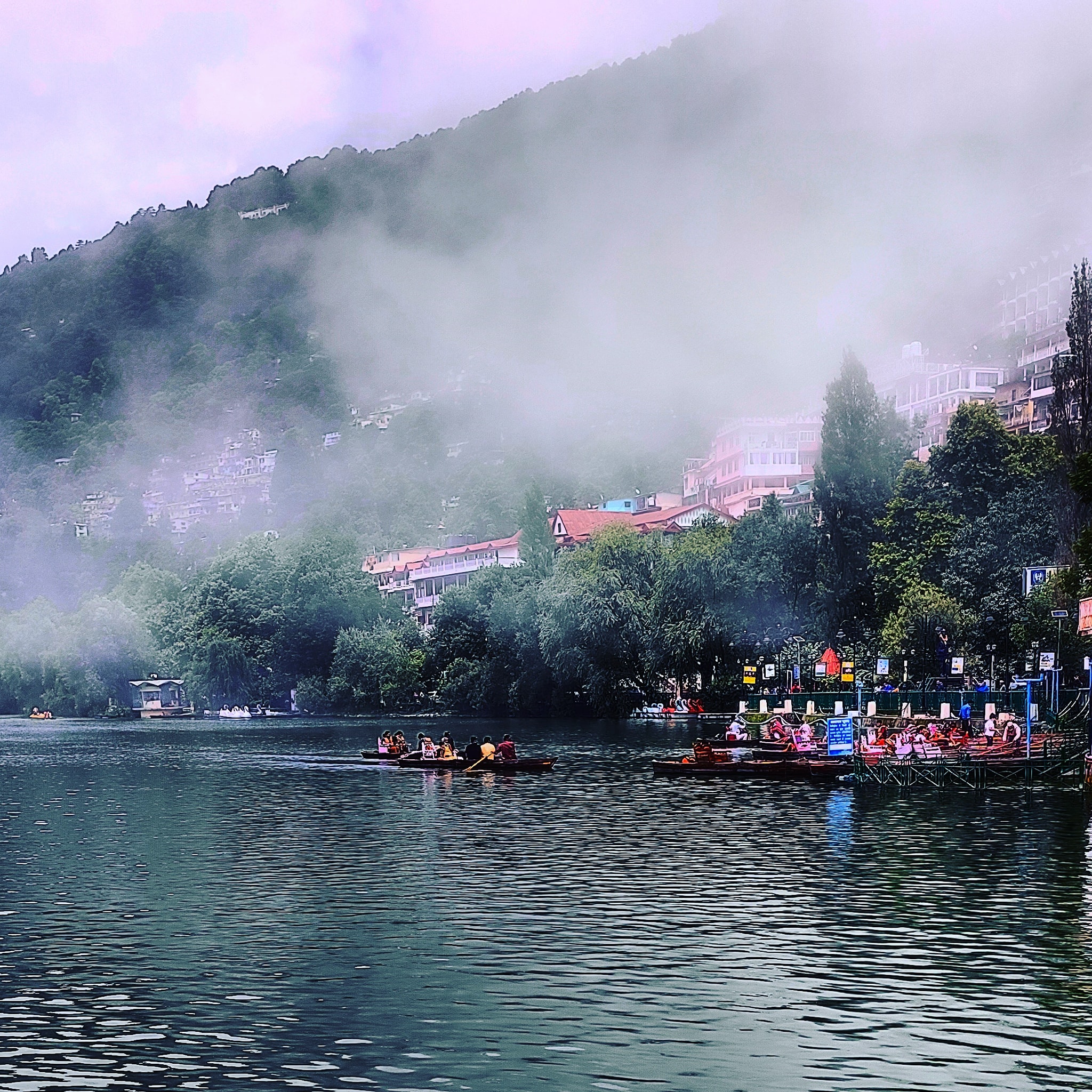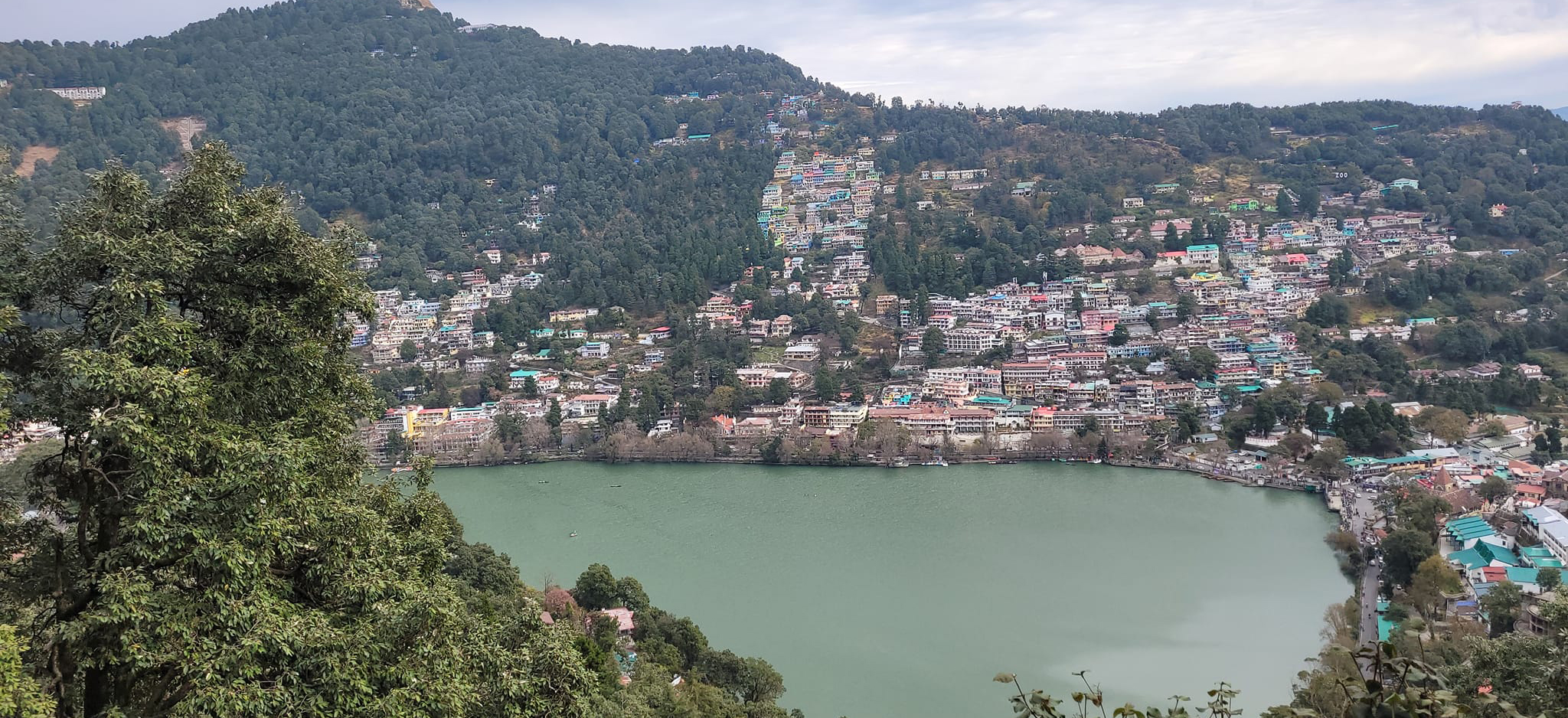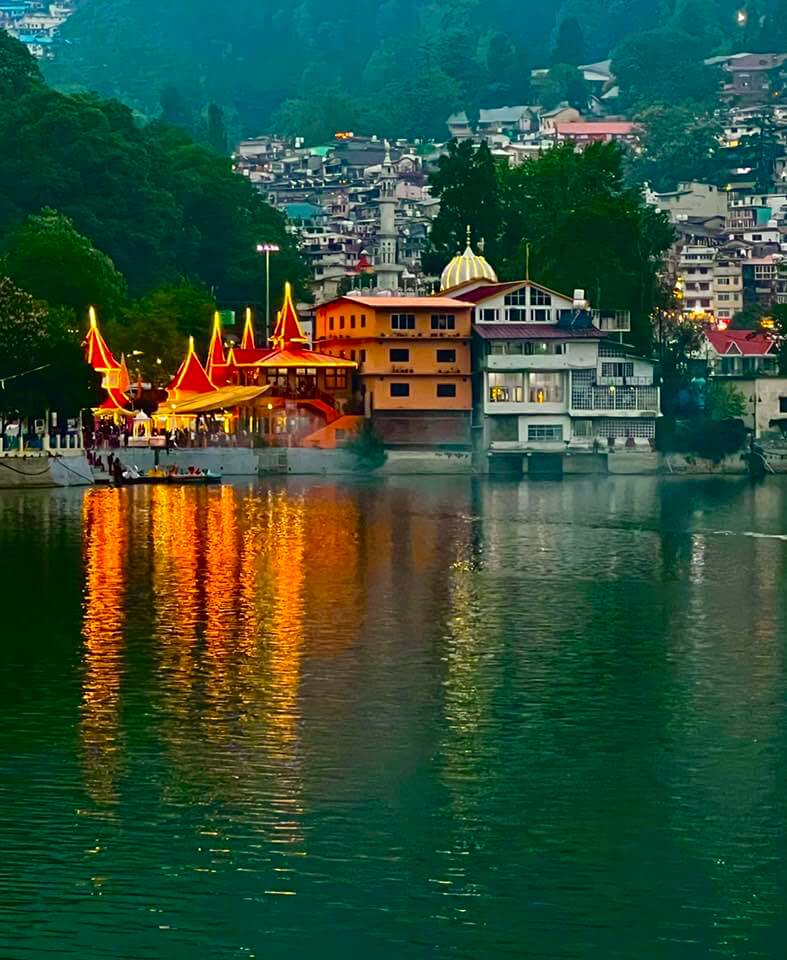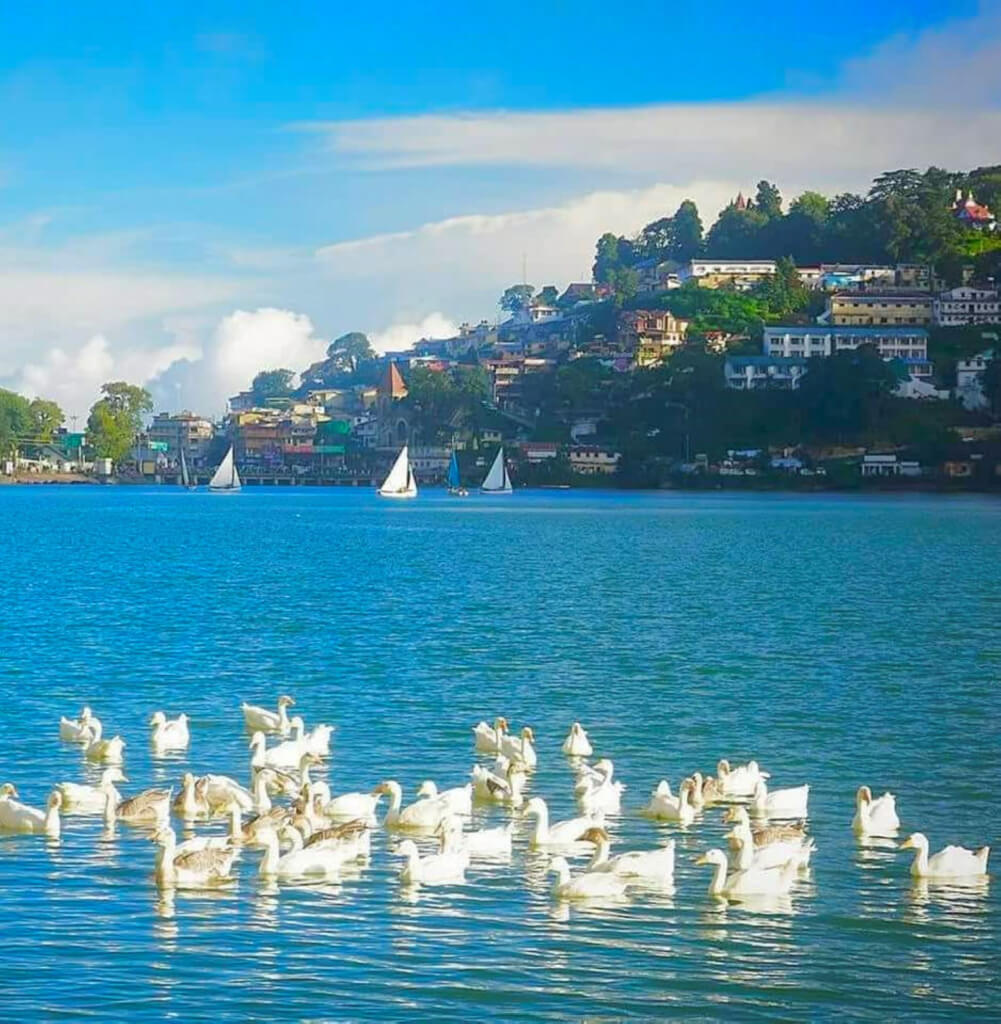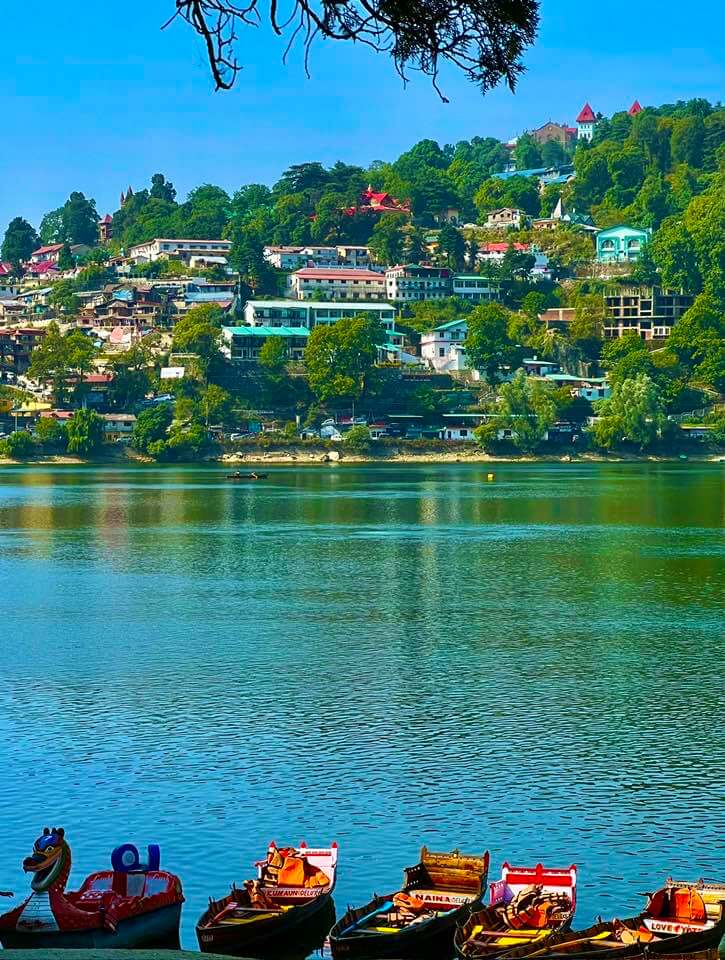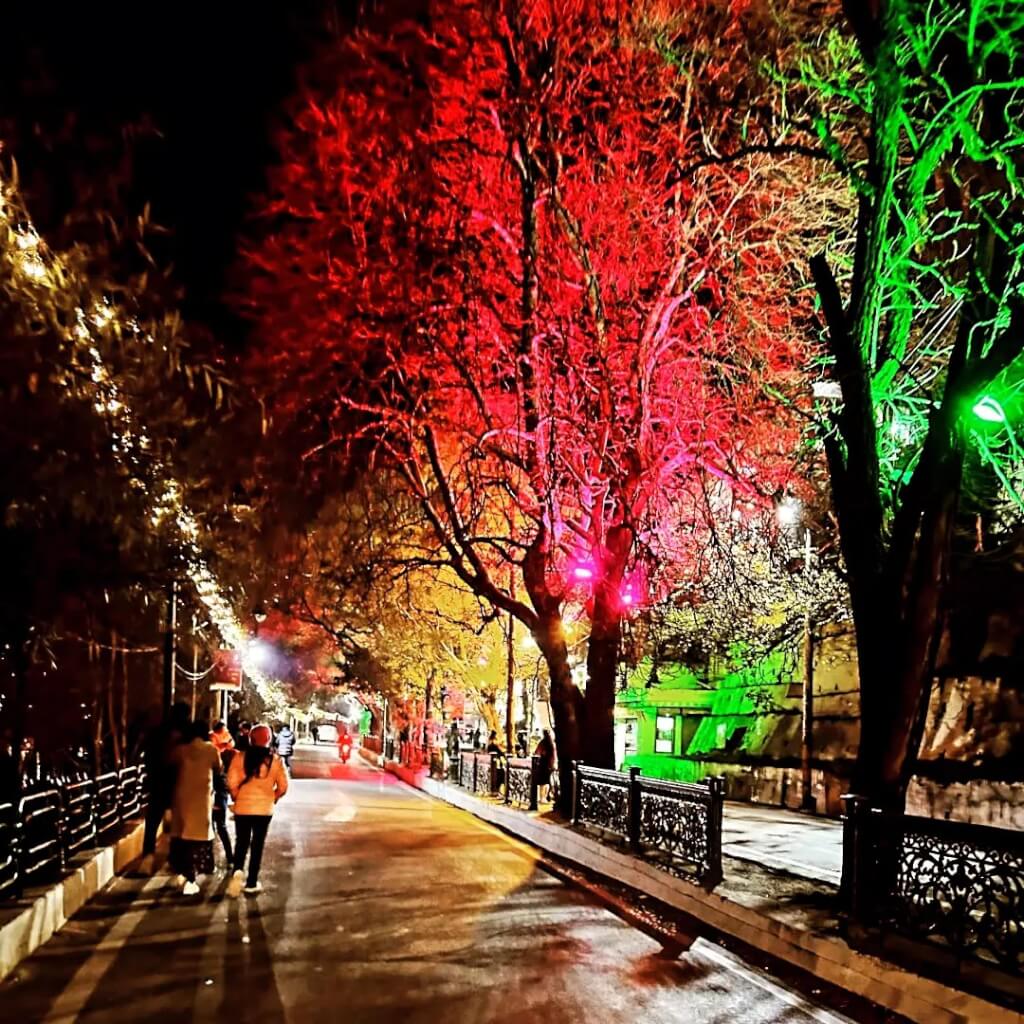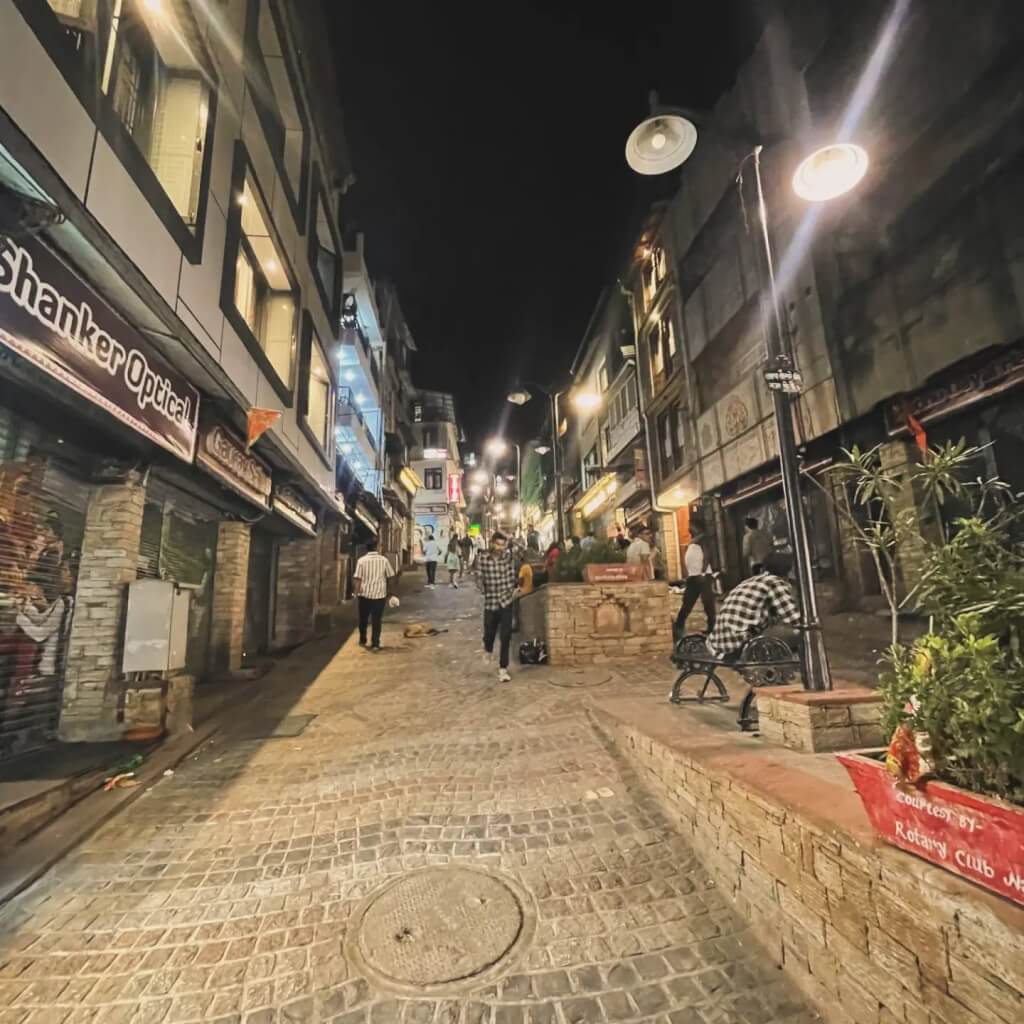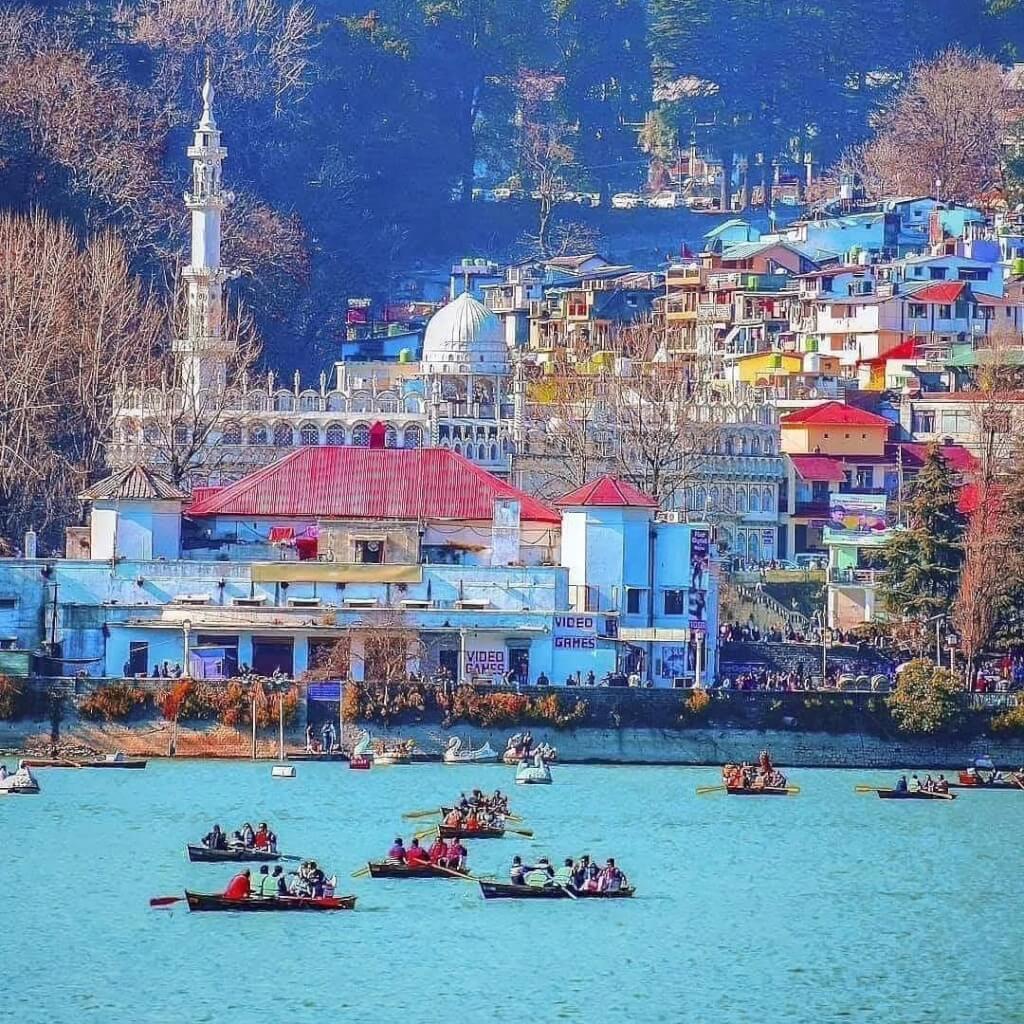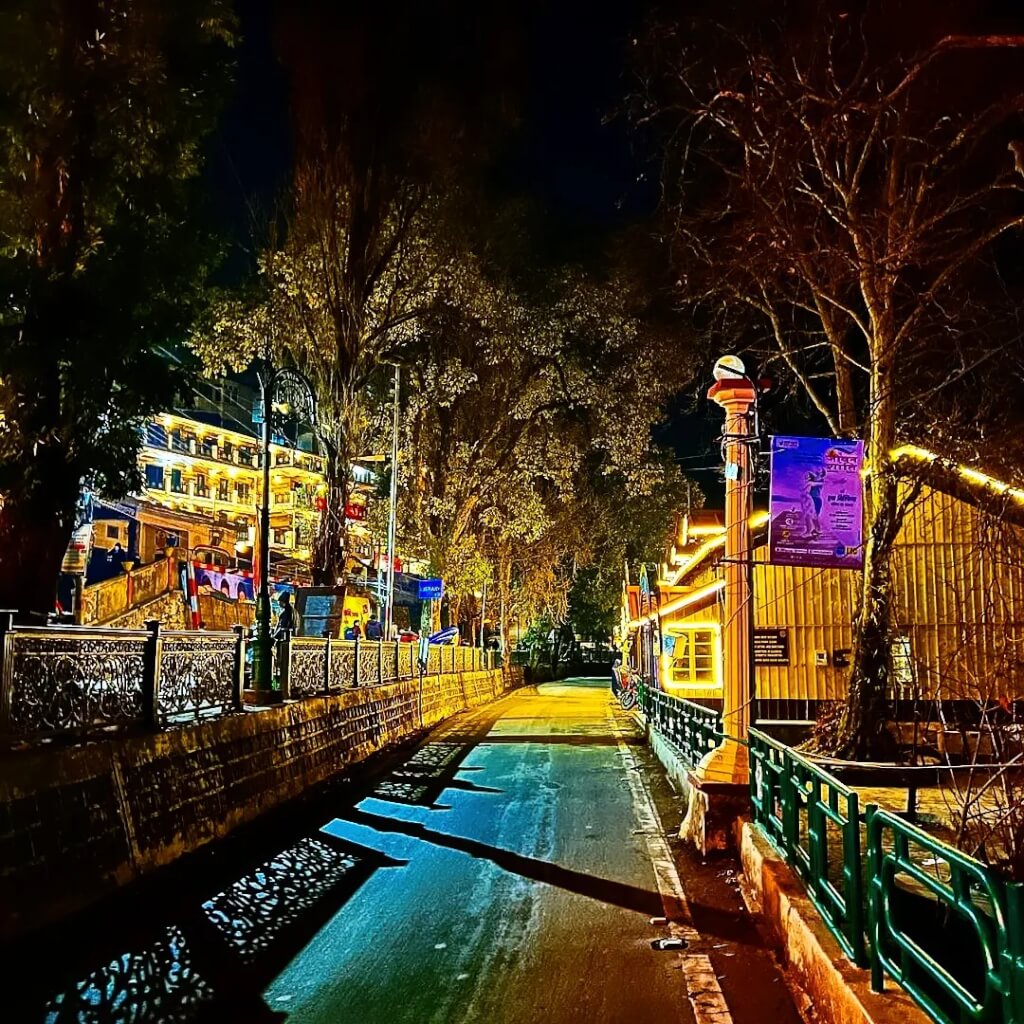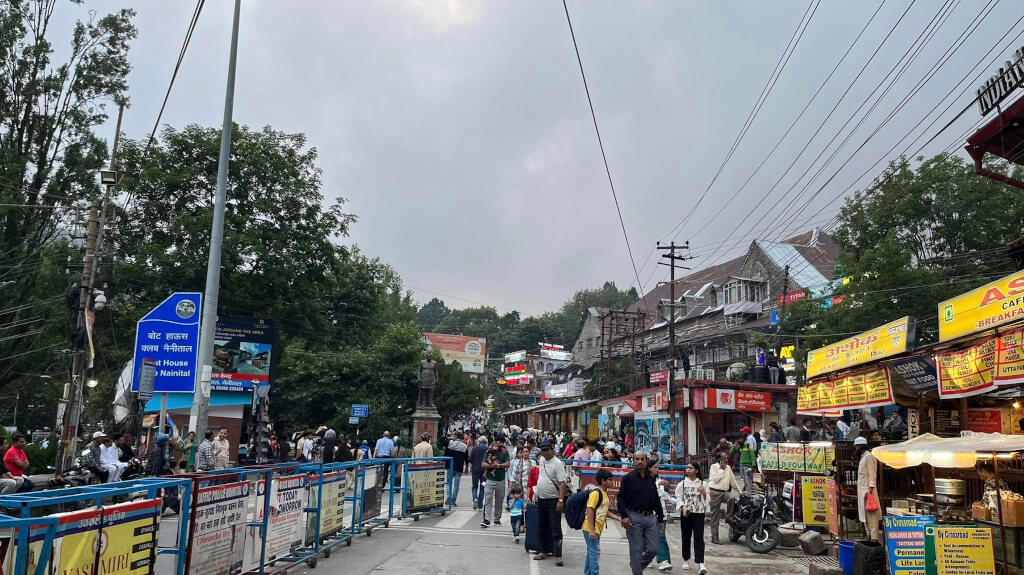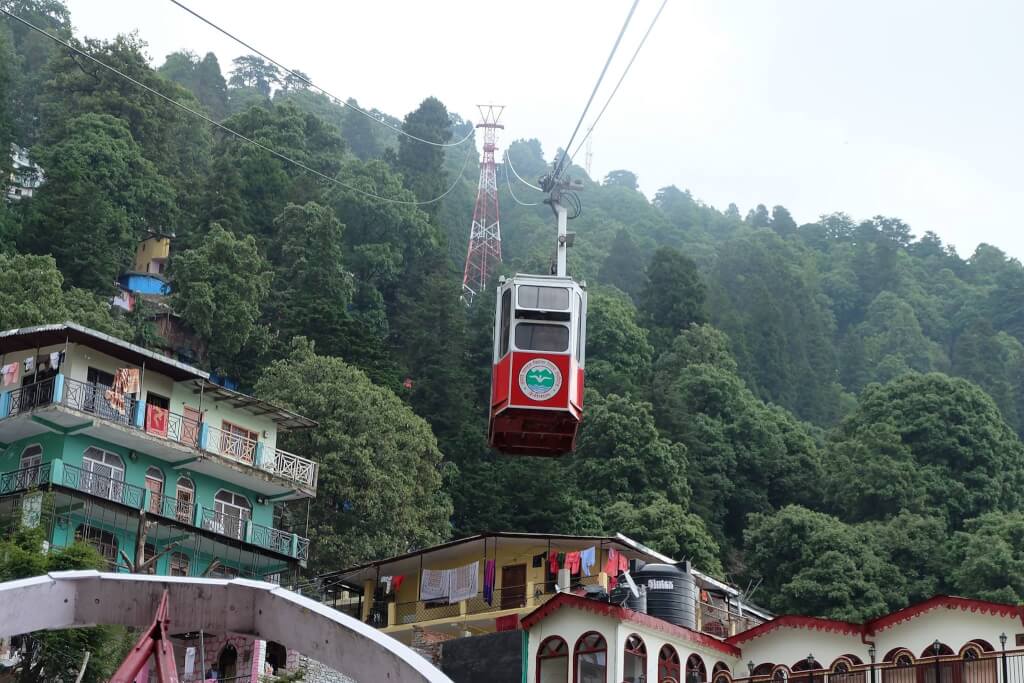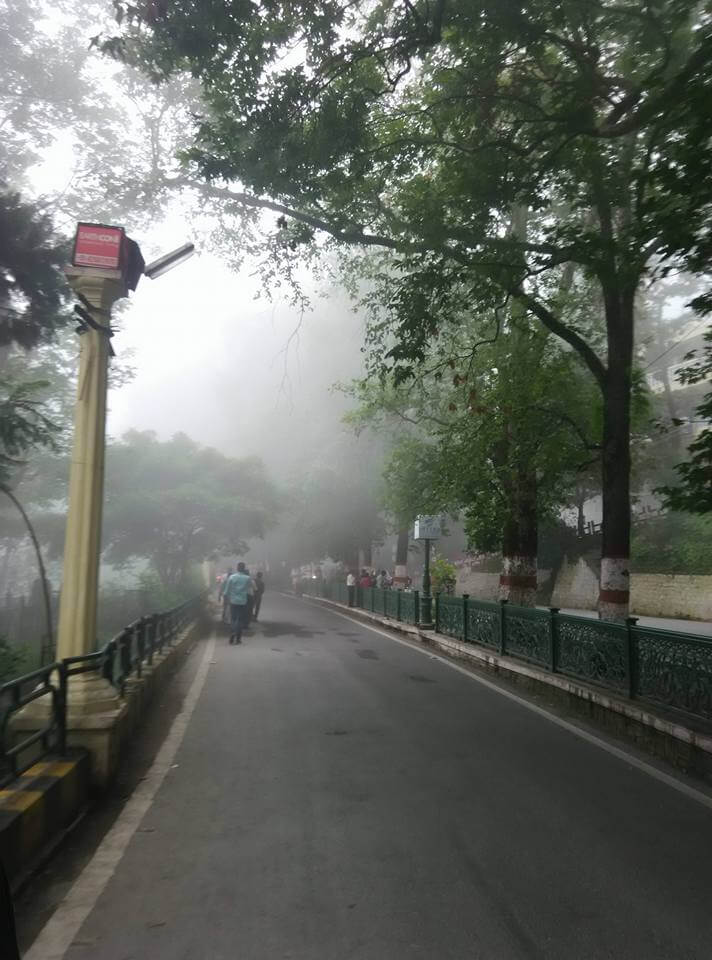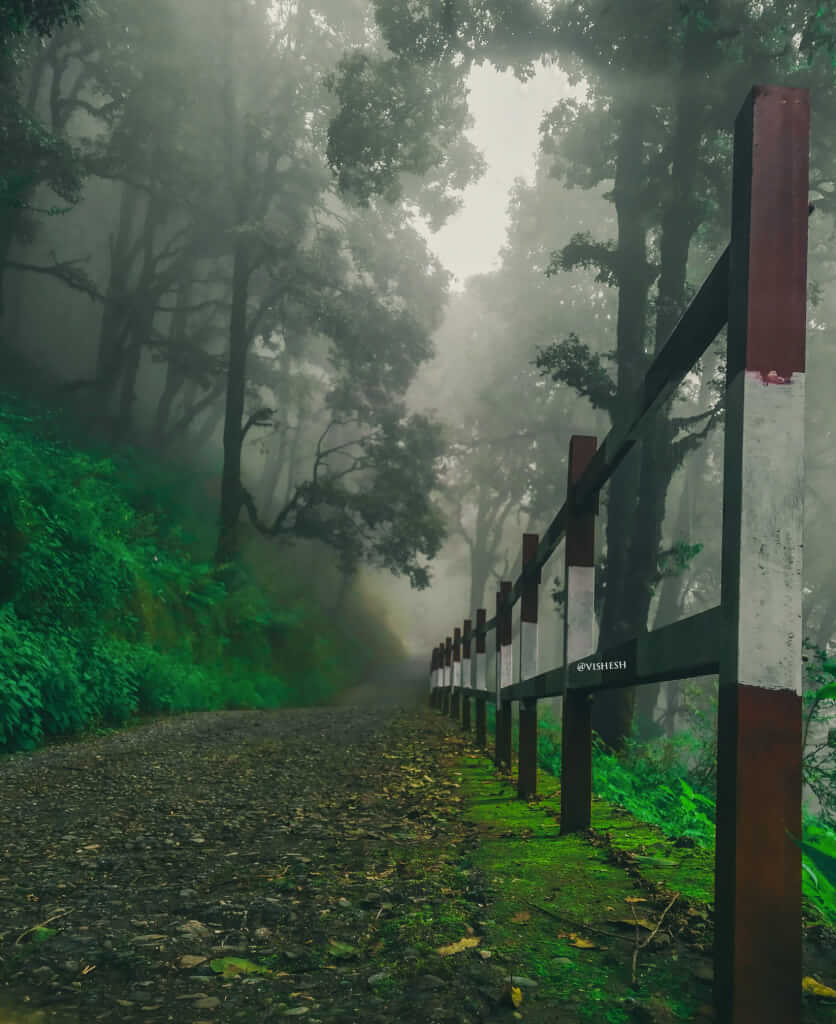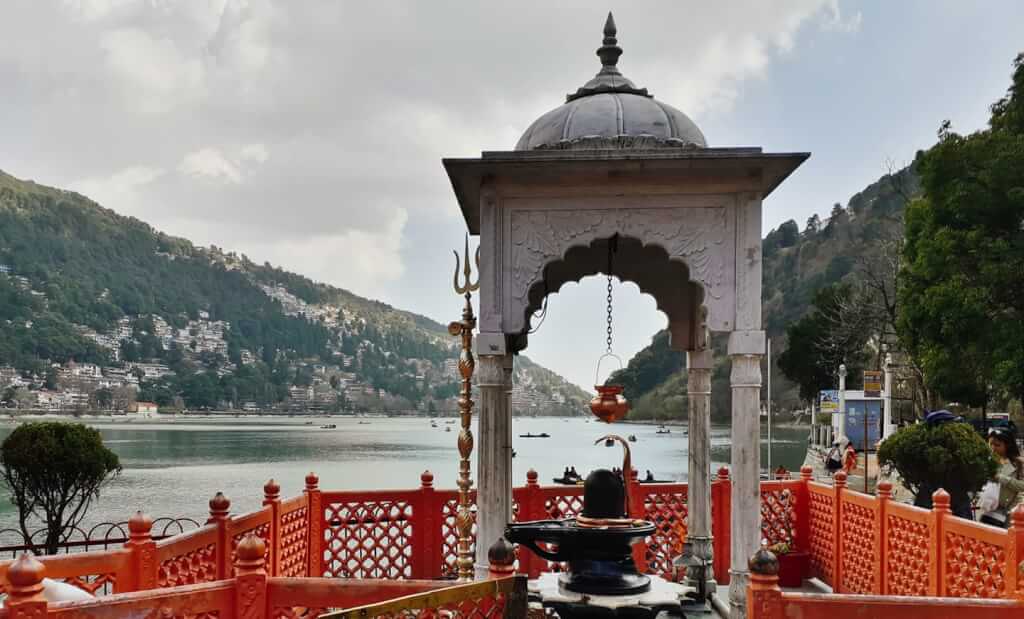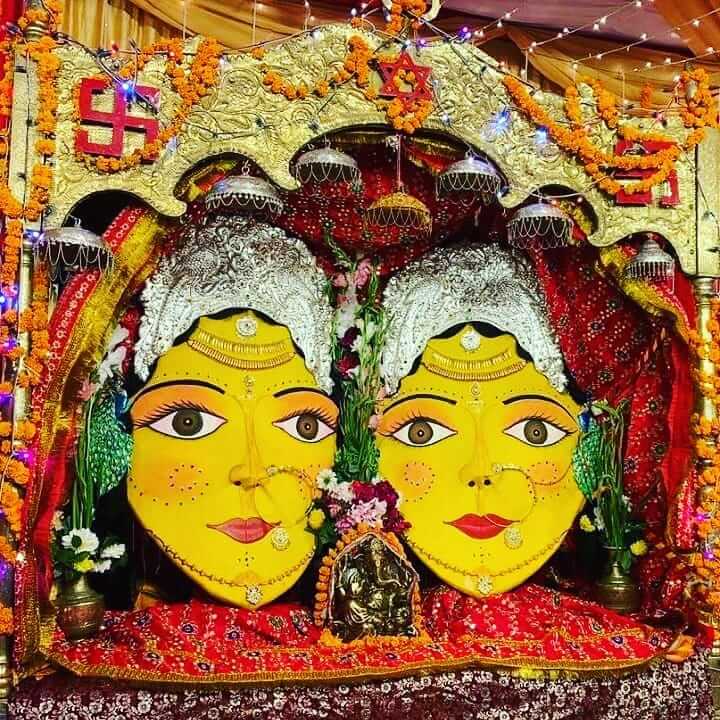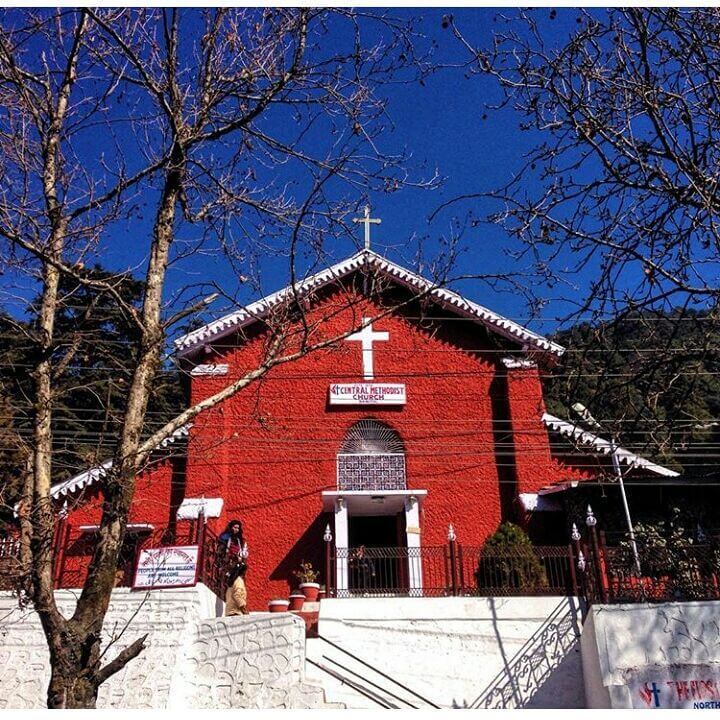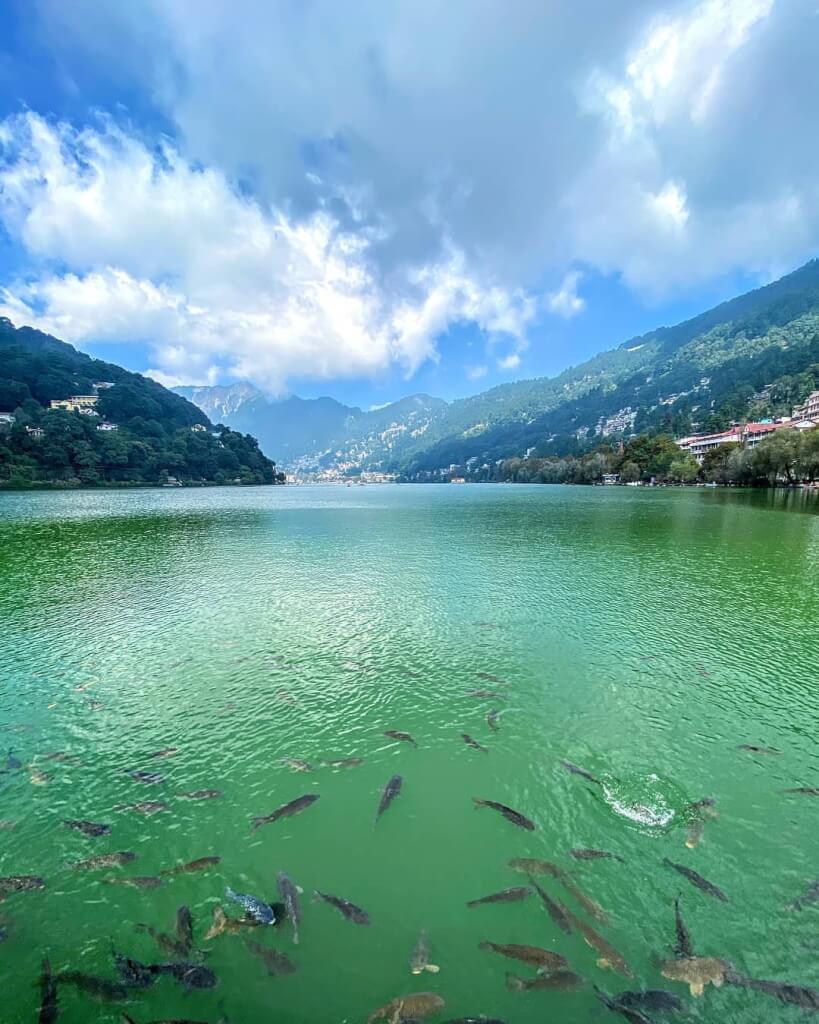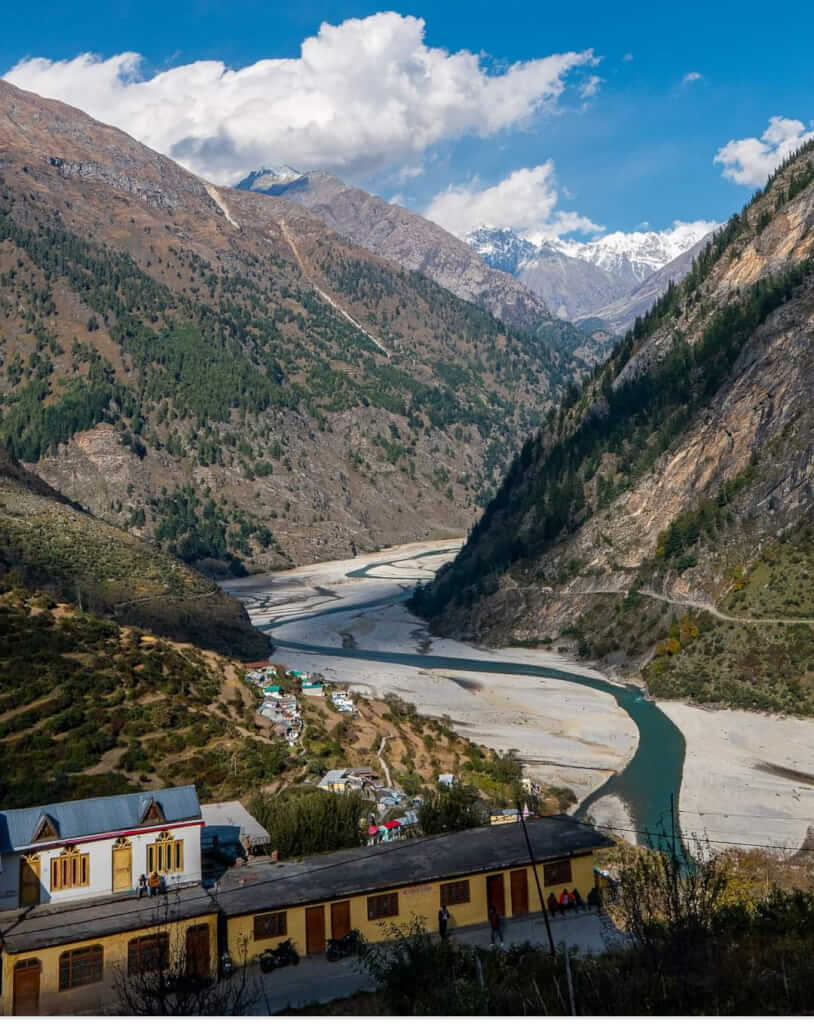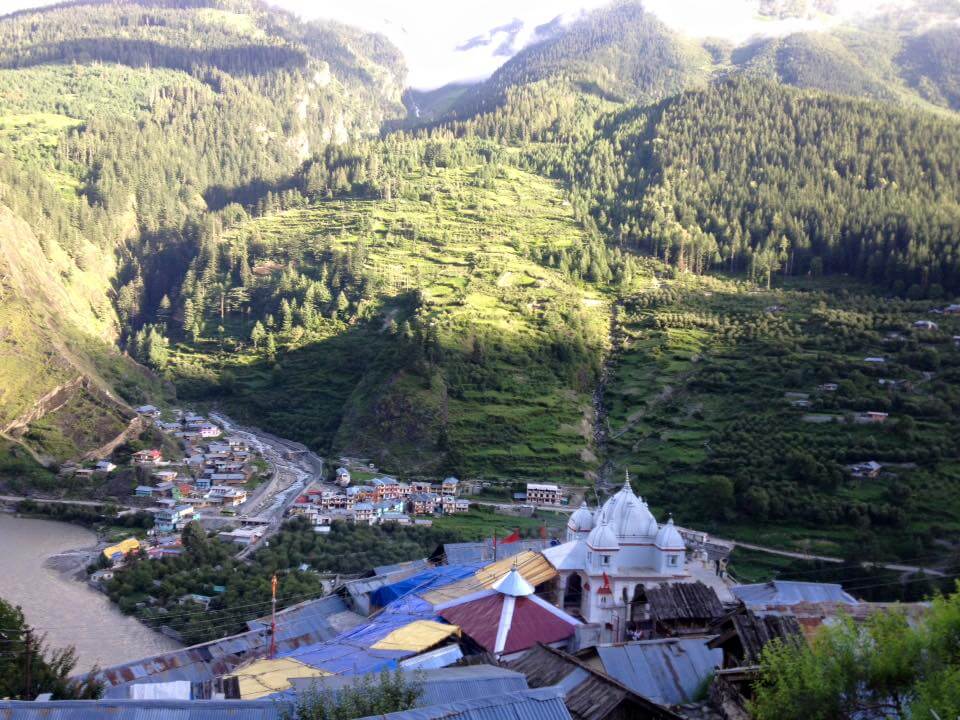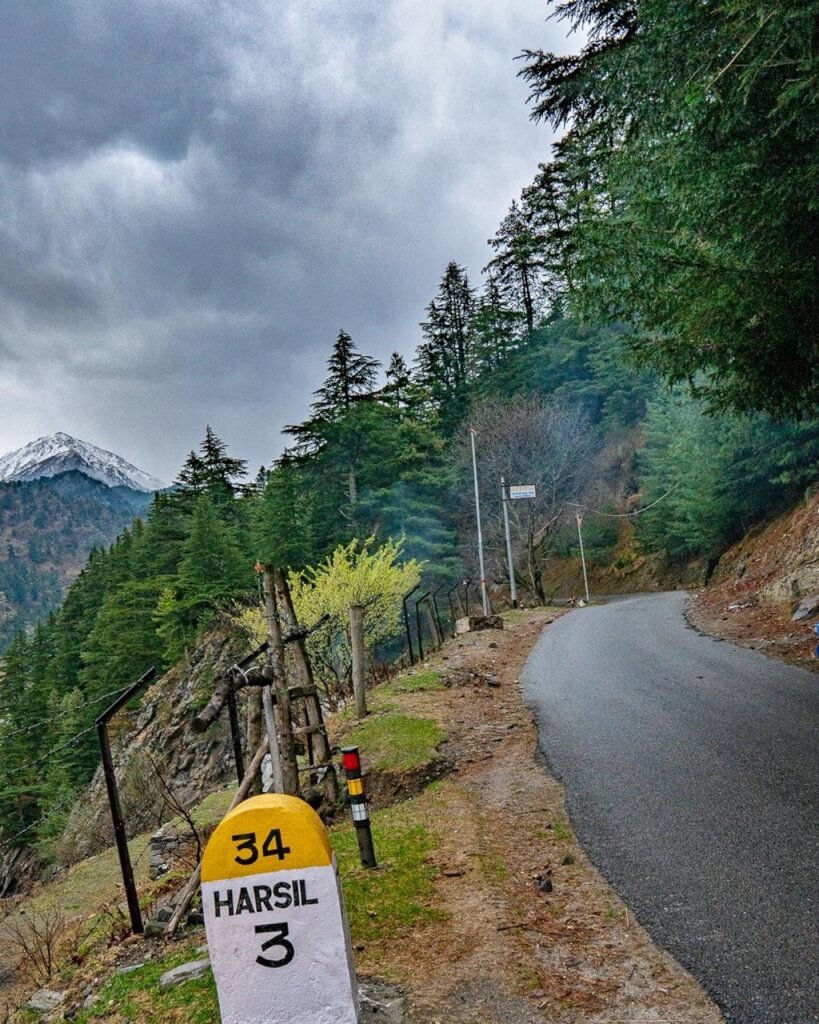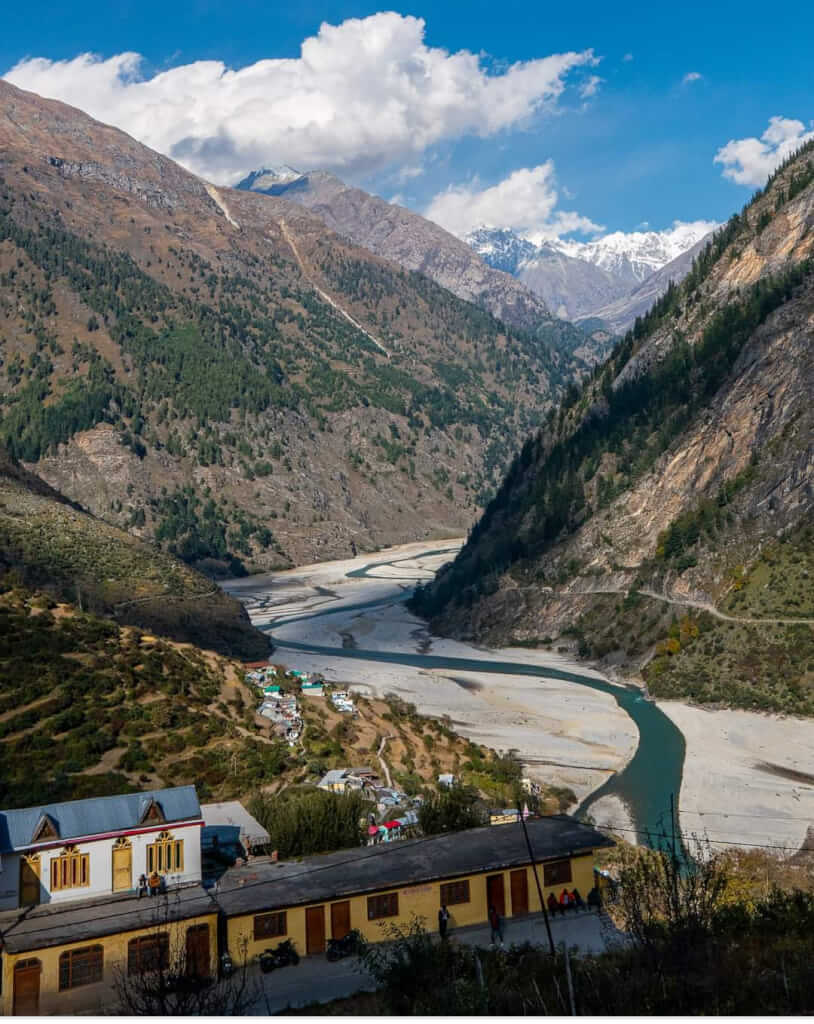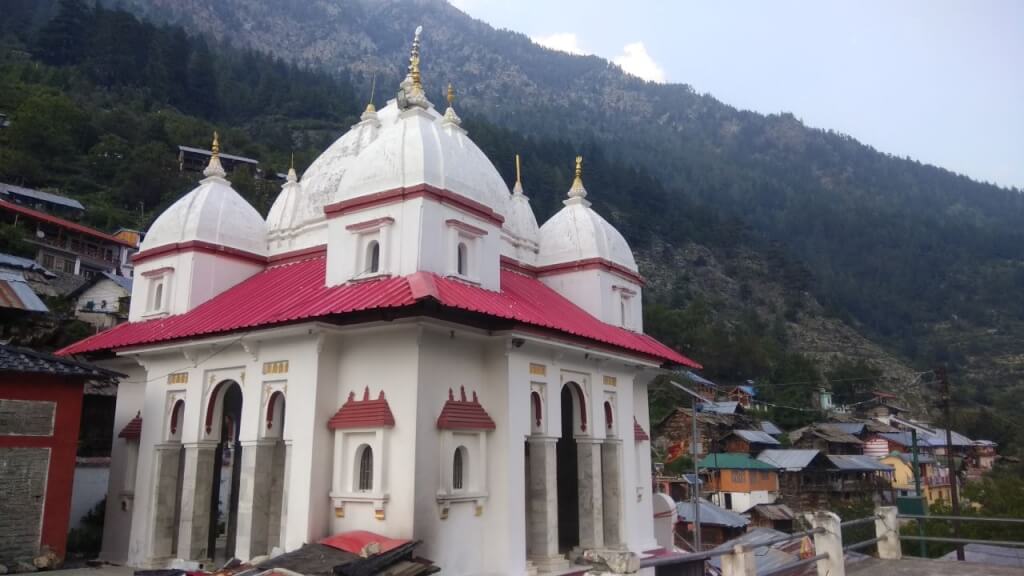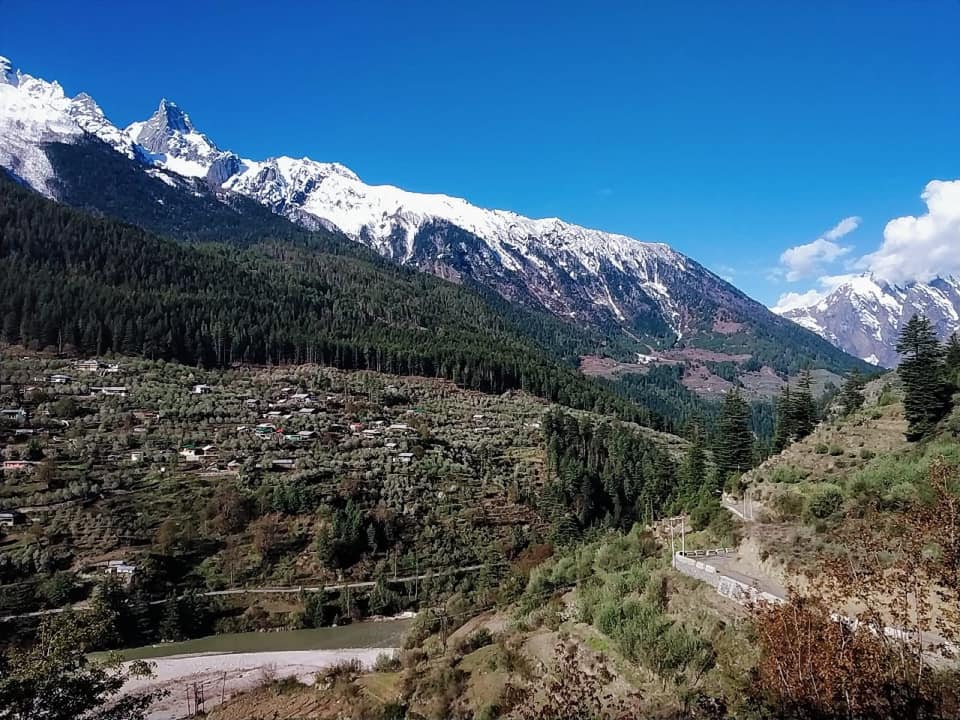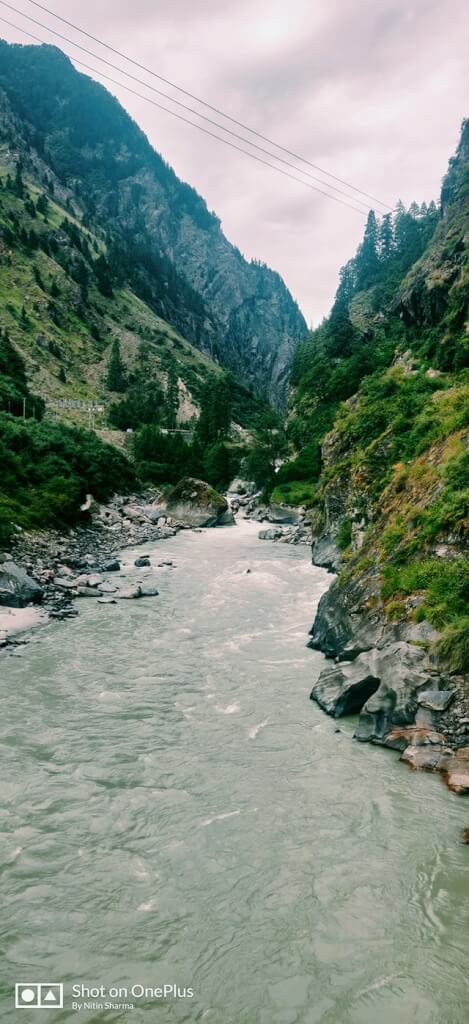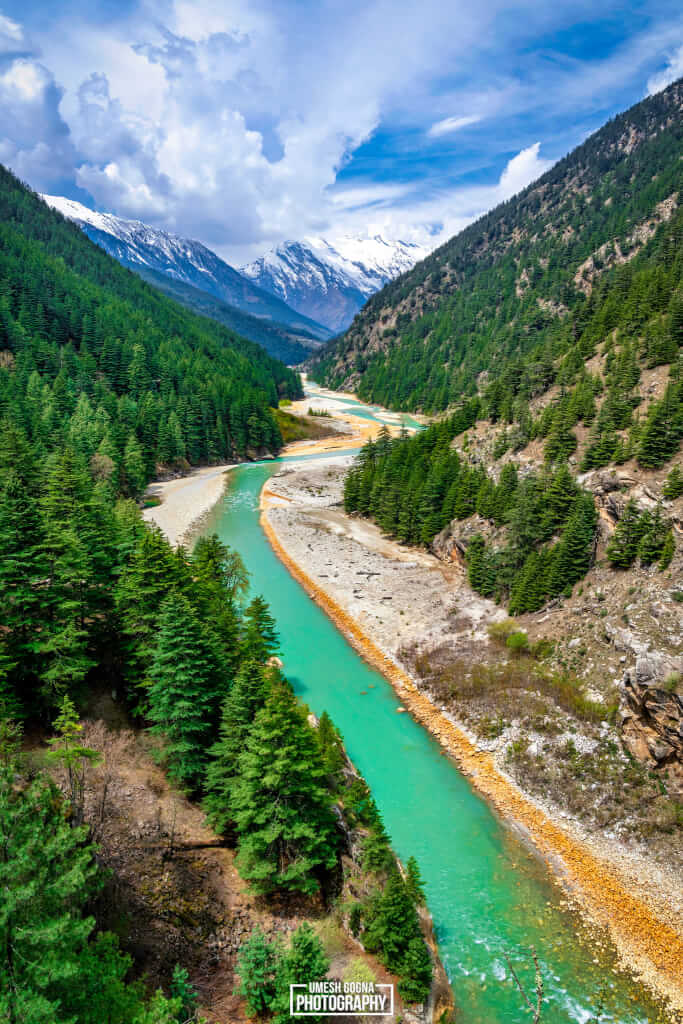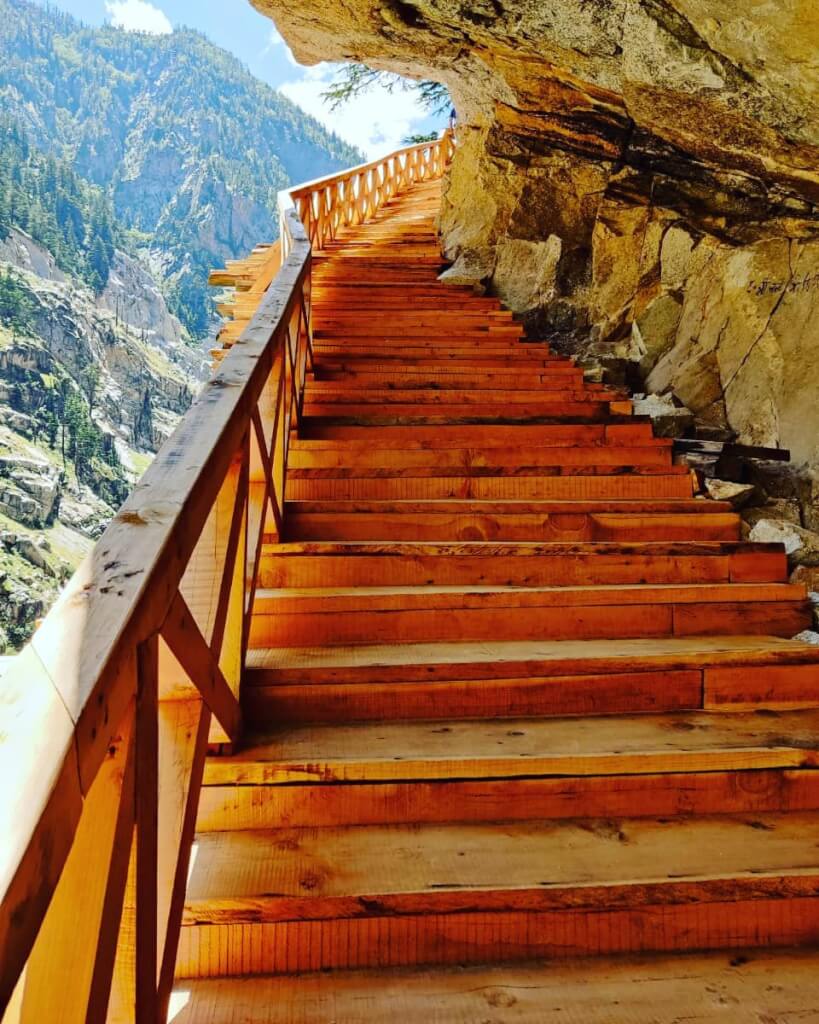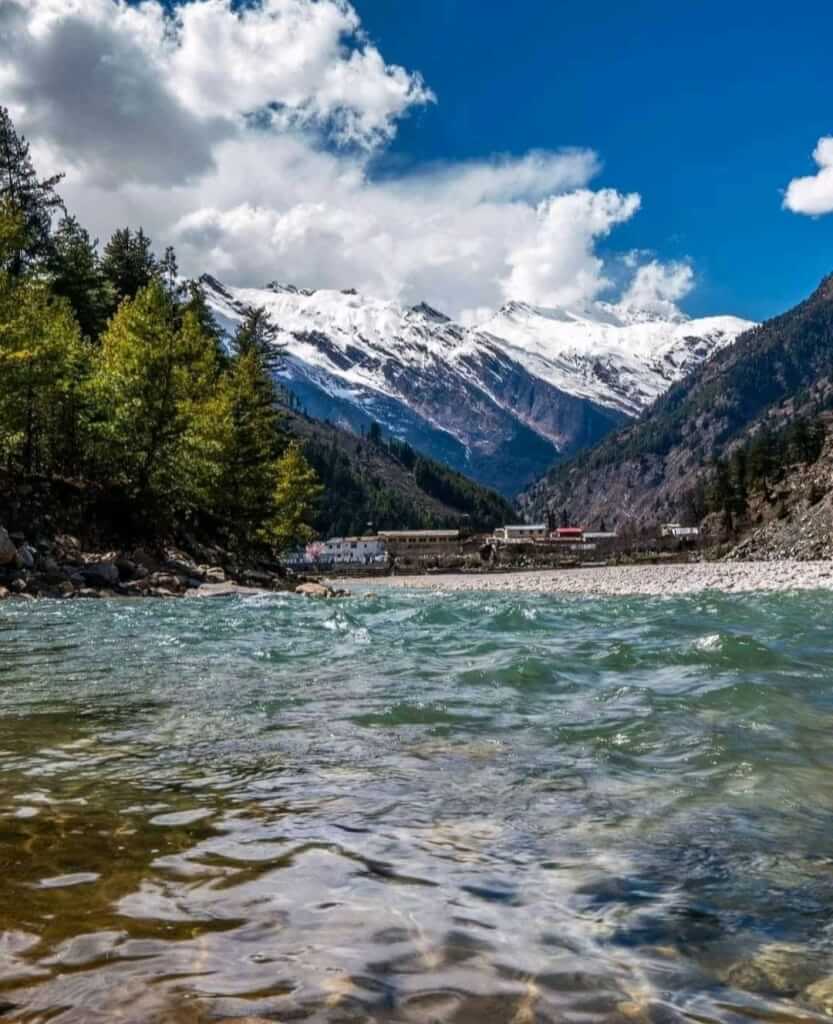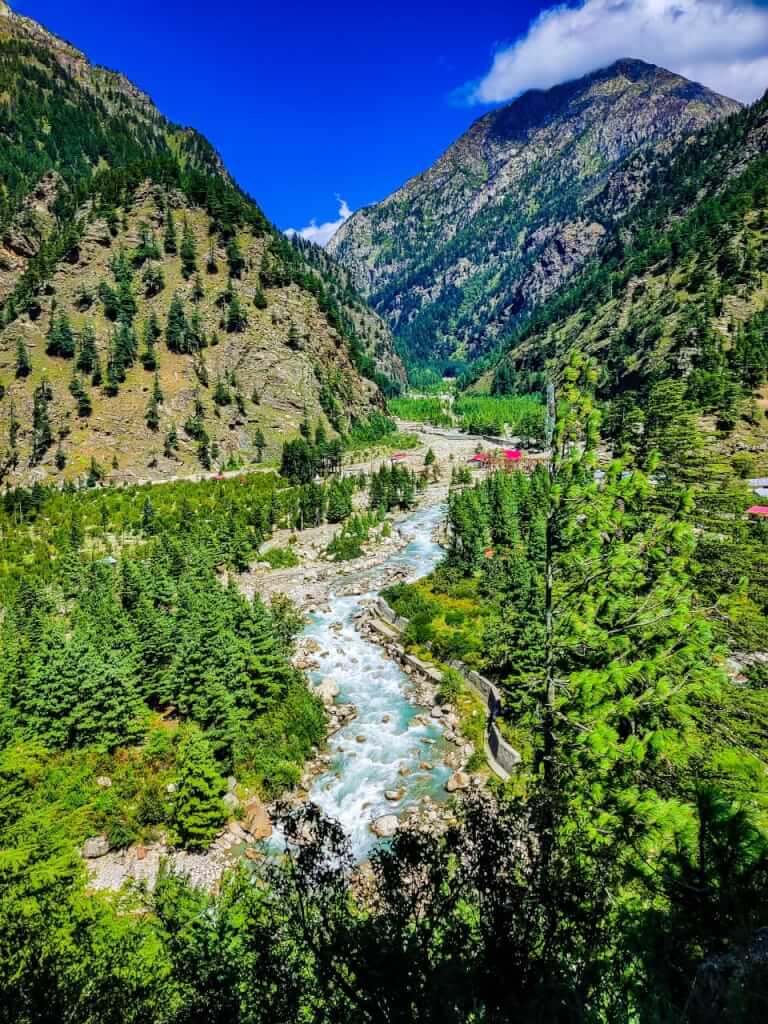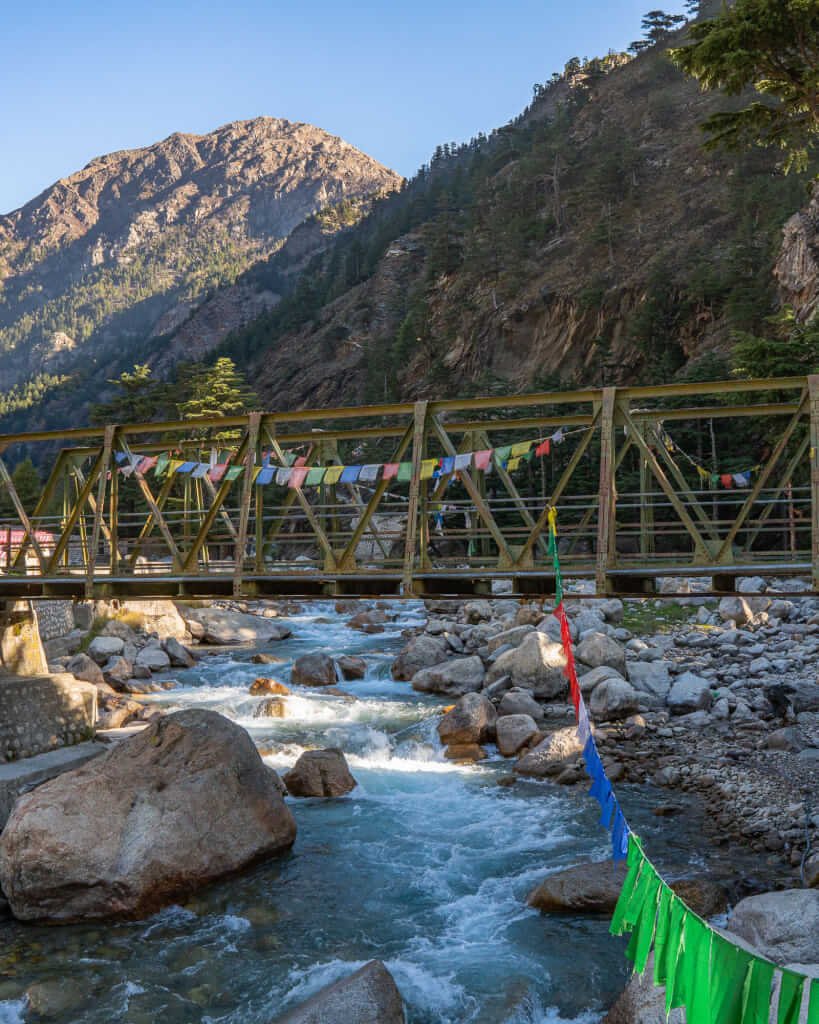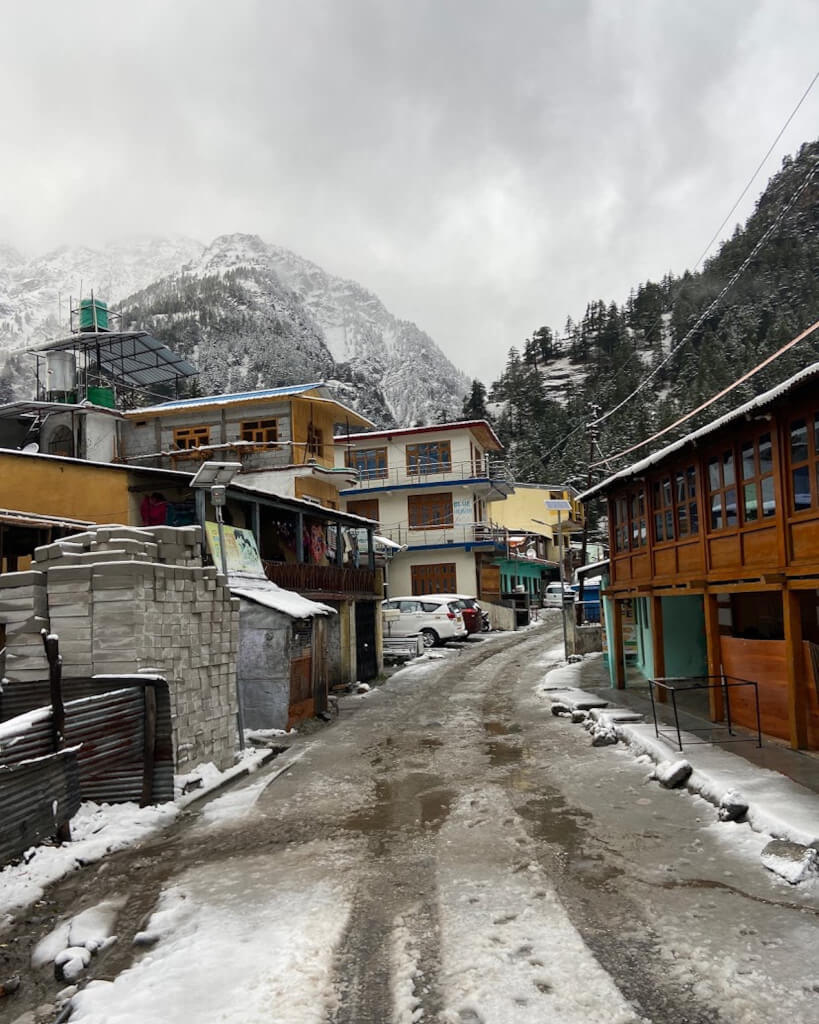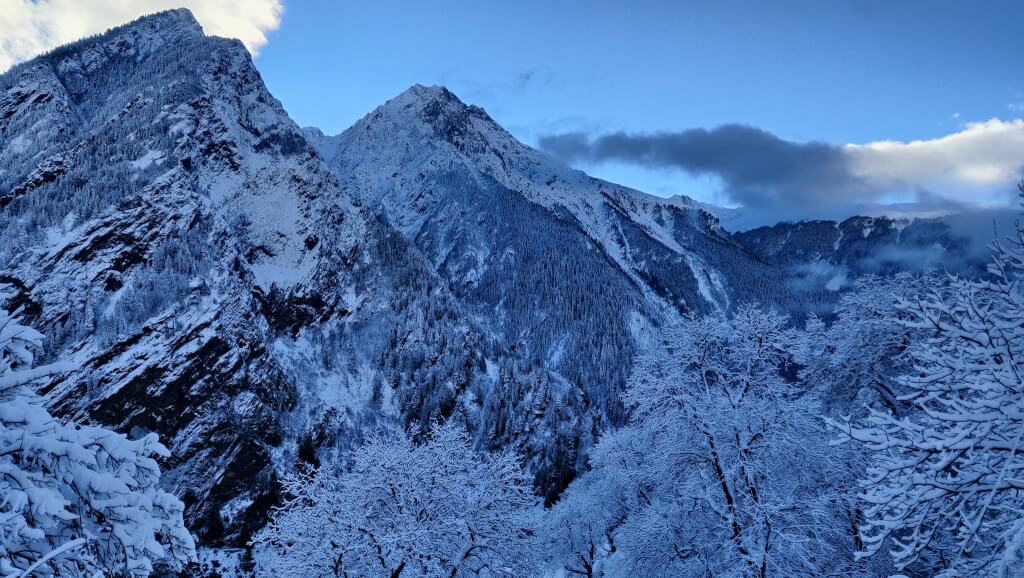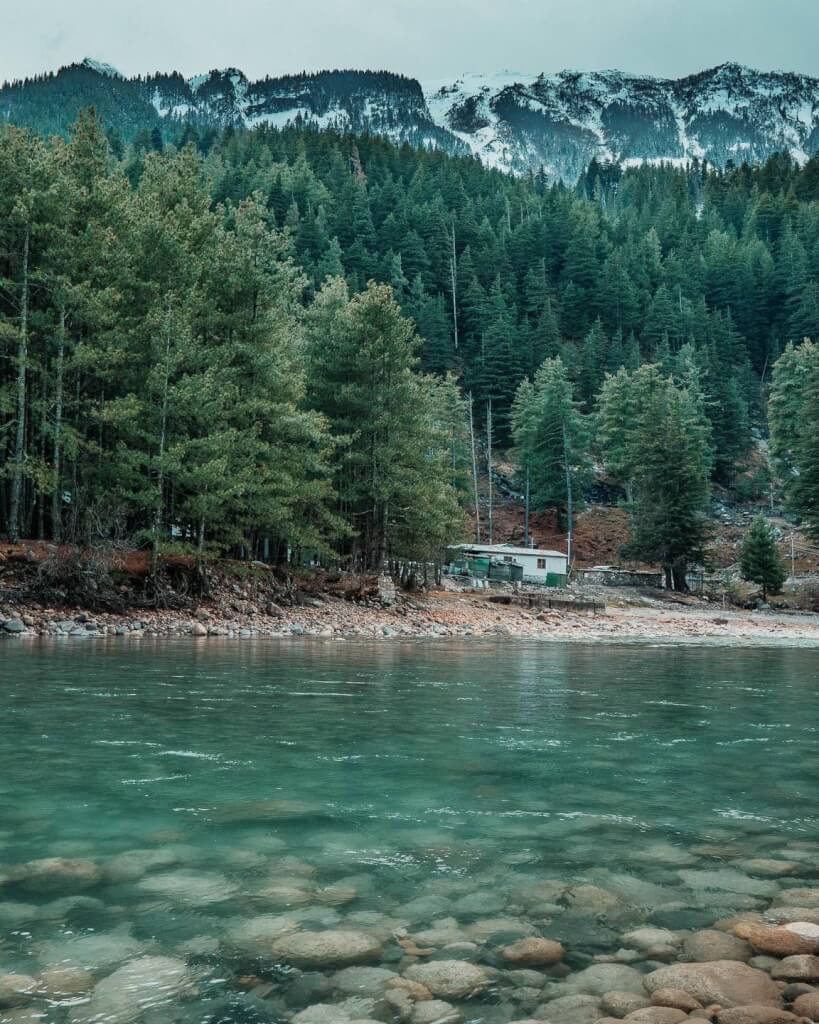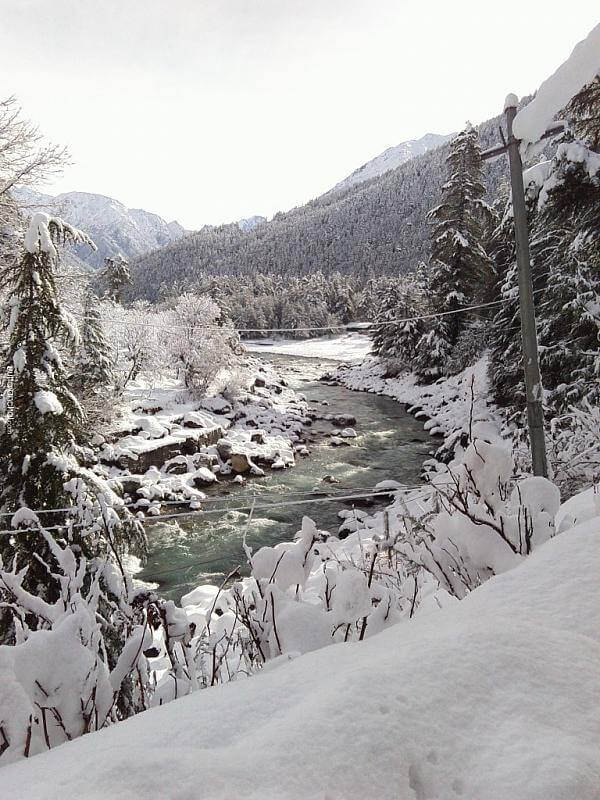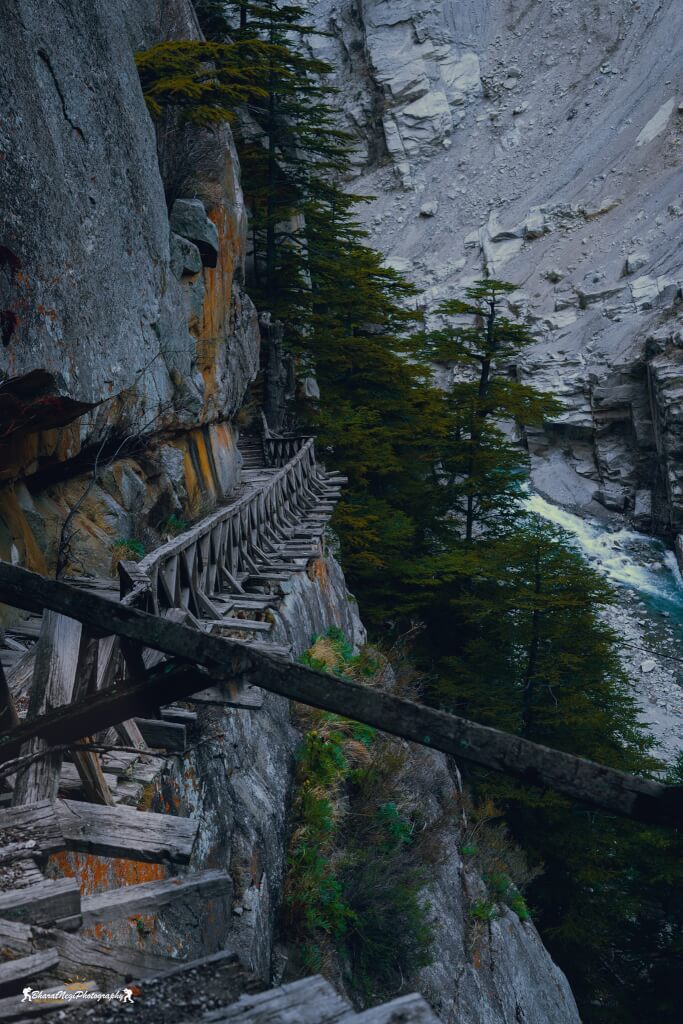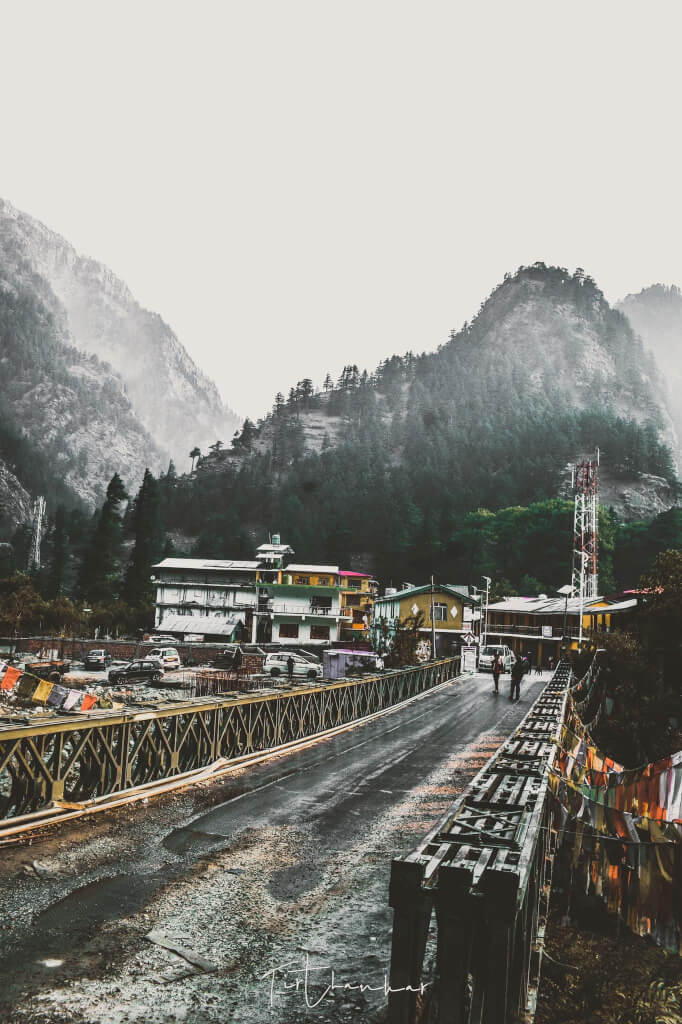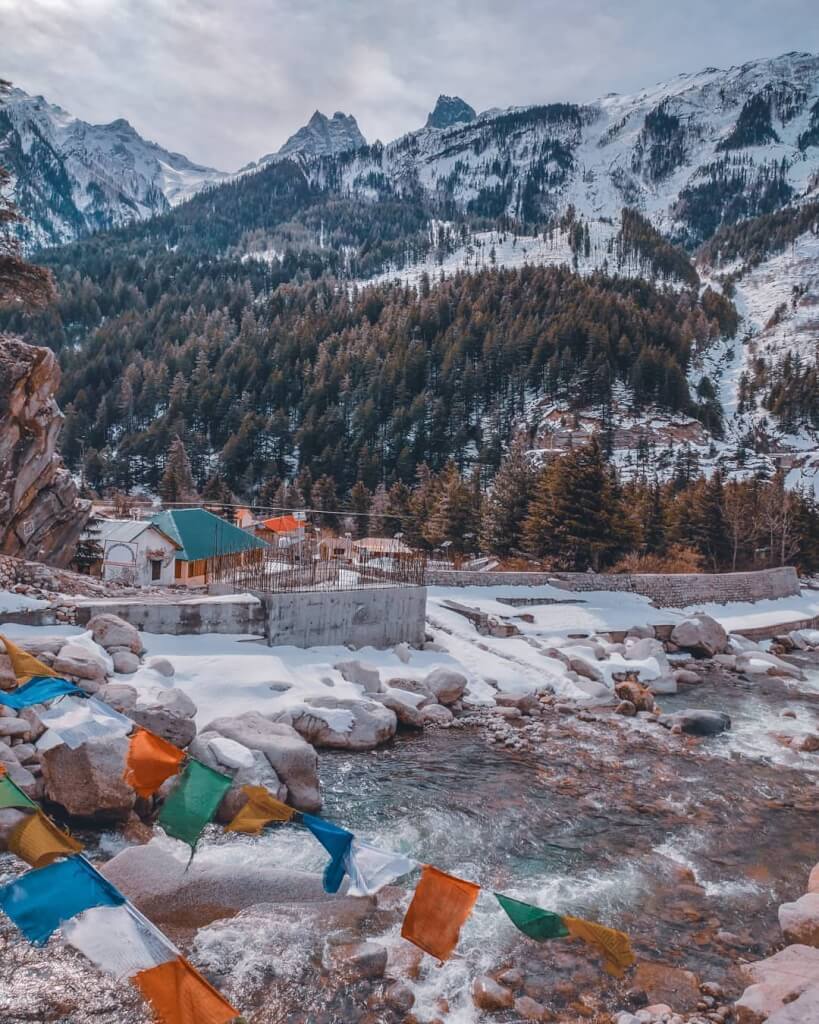- What is Ma Anandamayi Ashram?
Ma Anandamayi Ashram is a spiritual retreat center dedicated to Ma Anandamayi, a renowned Indian saint and spiritual teacher. The ashram provides a serene environment for meditation, spiritual learning, and personal growth.
- Where is Ma Anandamayi Ashram located?
The primary Ma Anandamayi Ashram is located in Kankhal, Haridwar, India. There are also several branch ashrams and centers dedicated to her teachings in different parts of India and abroad.
- What is the history of Ma Anandamayi Ashram?
The ashram was established in honor of Ma Anandamayi, who lived from 1896 to 1982. It was founded to continue her teachings and provide a place for spiritual seekers to engage in practices she advocated.
- What programs are offered at Ma Anandamayi Ashram?
The ashram offers a variety of programs including meditation sessions, spiritual discourses, satsangs (spiritual gatherings), and workshops on Ma Anandamayi’s teachings. They may also host retreats and special events throughout the year.
- Are there any specific requirements to attend a program?
Typically, there are no strict requirements, but an open and receptive attitude towards spiritual learning is encouraged.
- Can I stay at the ashram?
Yes, Ma Anandamayi Ashram provides accommodation for visitors. Staying at the ashram allows you to immerse yourself in its spiritual practices and routines.
- How do I get to Ma Anandamayi Ashram?
The ashram in Kankhal, Haridwar, is accessible by train, bus, or car. Haridwar is well-connected to major cities in India. From Haridwar Railway Station or the bus terminal, you can take local transport or a taxi to reach the ashram.
- What should I bring with me?
Bring comfortable clothing suitable for meditation and participation in ashram activities, personal toiletries, and any other essentials. It’s also helpful to bring an open mind and readiness for spiritual practice.
- What spiritual practices are emphasized at Ma Anandamayi Ashram?
The ashram emphasizes meditation, prayer, devotional practices, and the study of Ma Anandamayi’s teachings. The focus is on personal transformation and spiritual realization.
Adi kailash Yatra Package From Kathgodam
How To Reach Sankri
Sankri is a picturesque village located in the Uttarkashi district of the Indian state of Uttarakhand. It serves as a…
Adi Kailash
Adi Kailash, also known as Chhota Kailash, is a sacred mountain located in the Indian state of Uttarakhand. Standing tall…
Adi kailash Yatra from Delhi
Yatra Overview Reporting Time & Place :- Ajmeri Gate Side at 0900 Hr Save 20% on Yatra CostRs 42,000/ (Delhi to Delhi)…
Adi Kailash Yatra KMVN
Adi Kailash & Om Parvat Yatra Trek Overview Duration: 06Nights / 07 Days …

